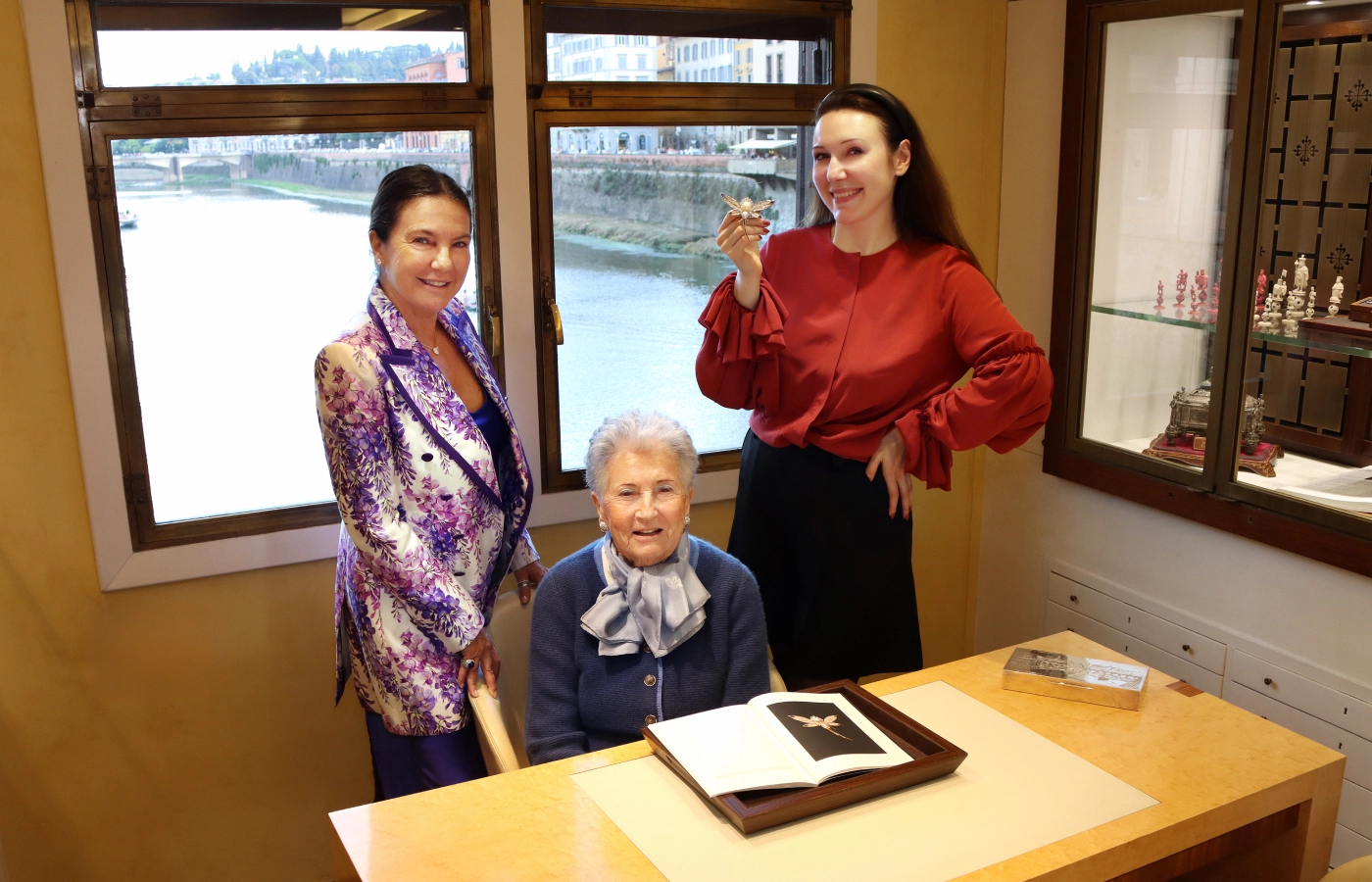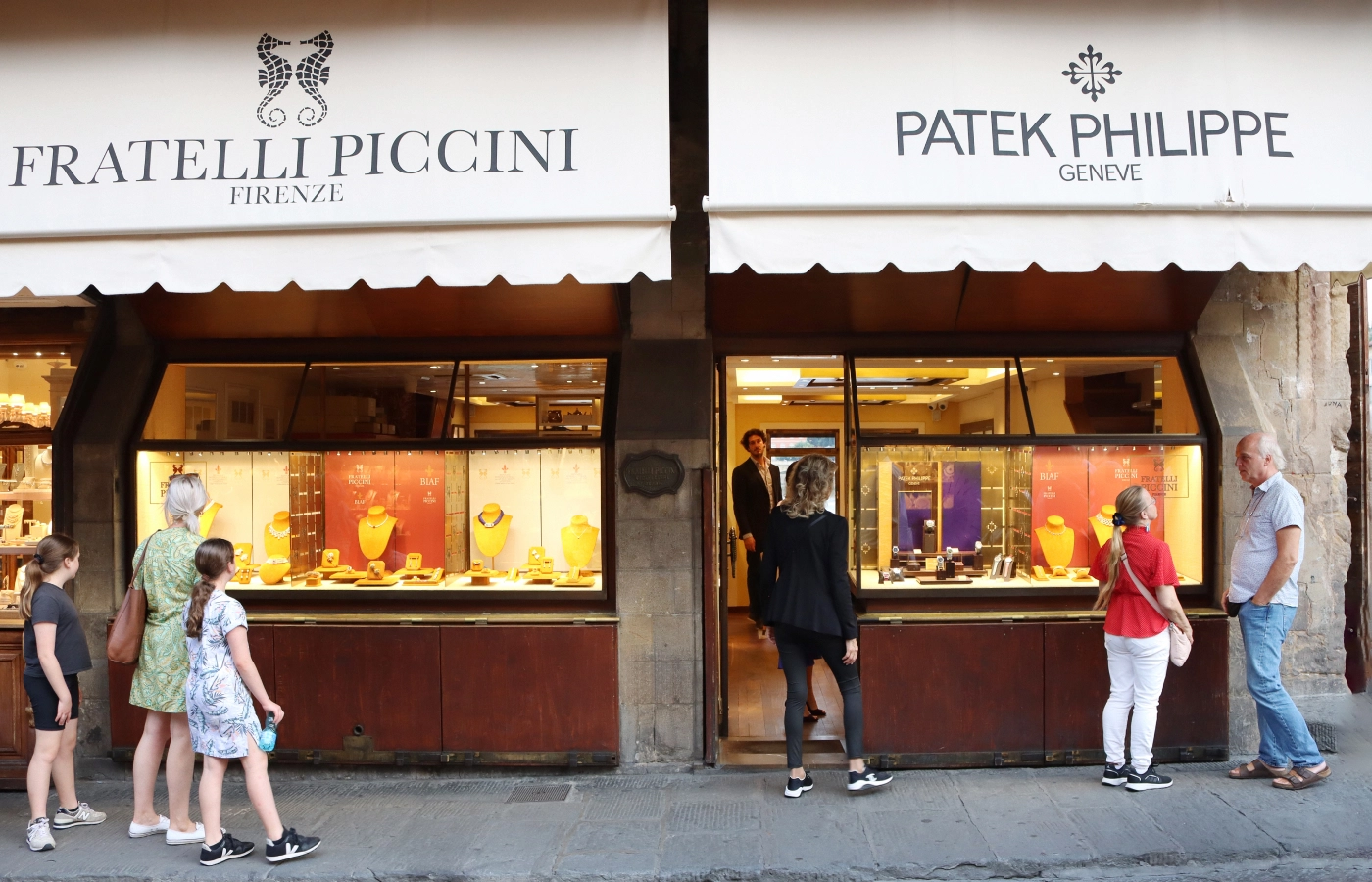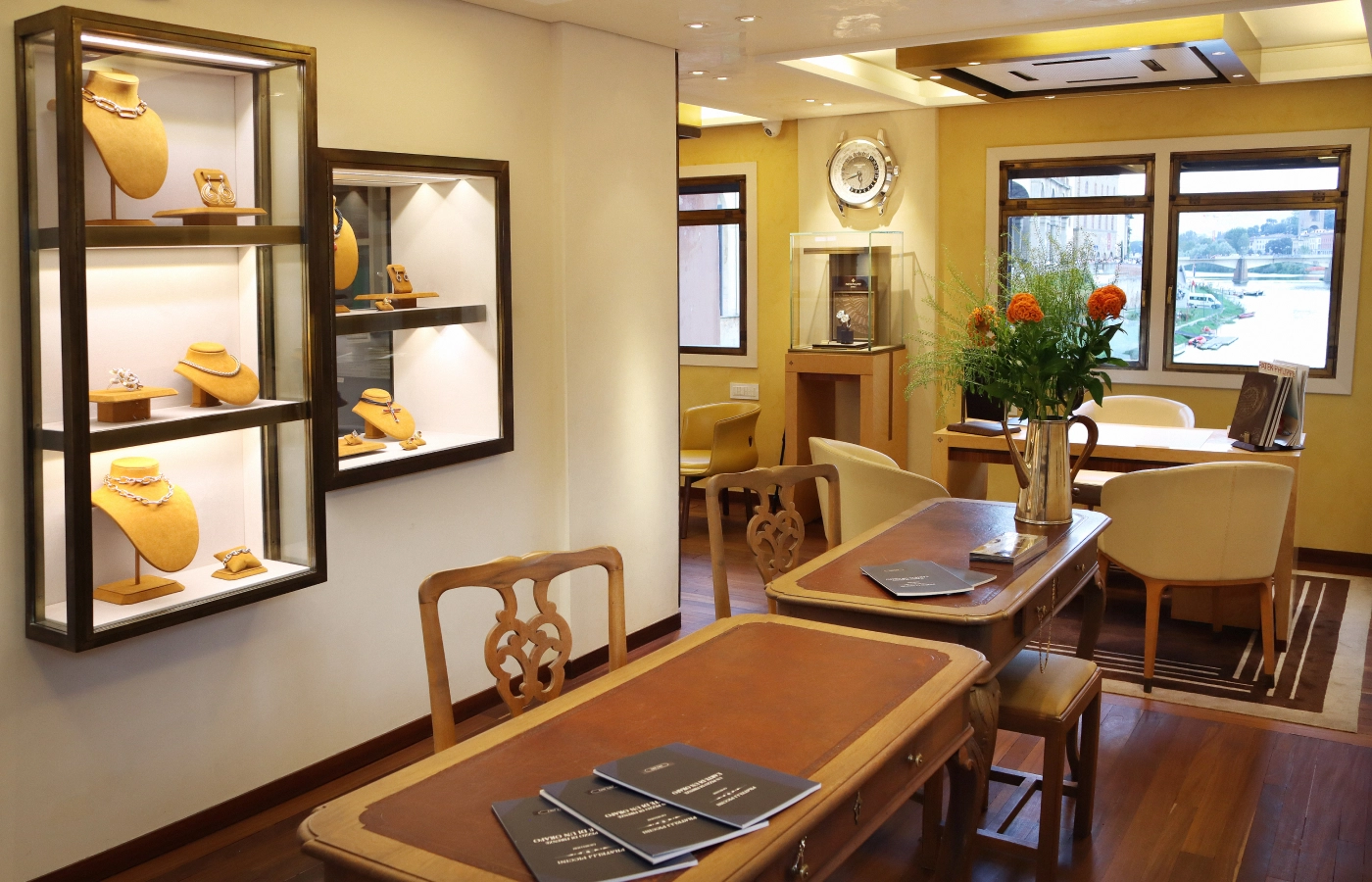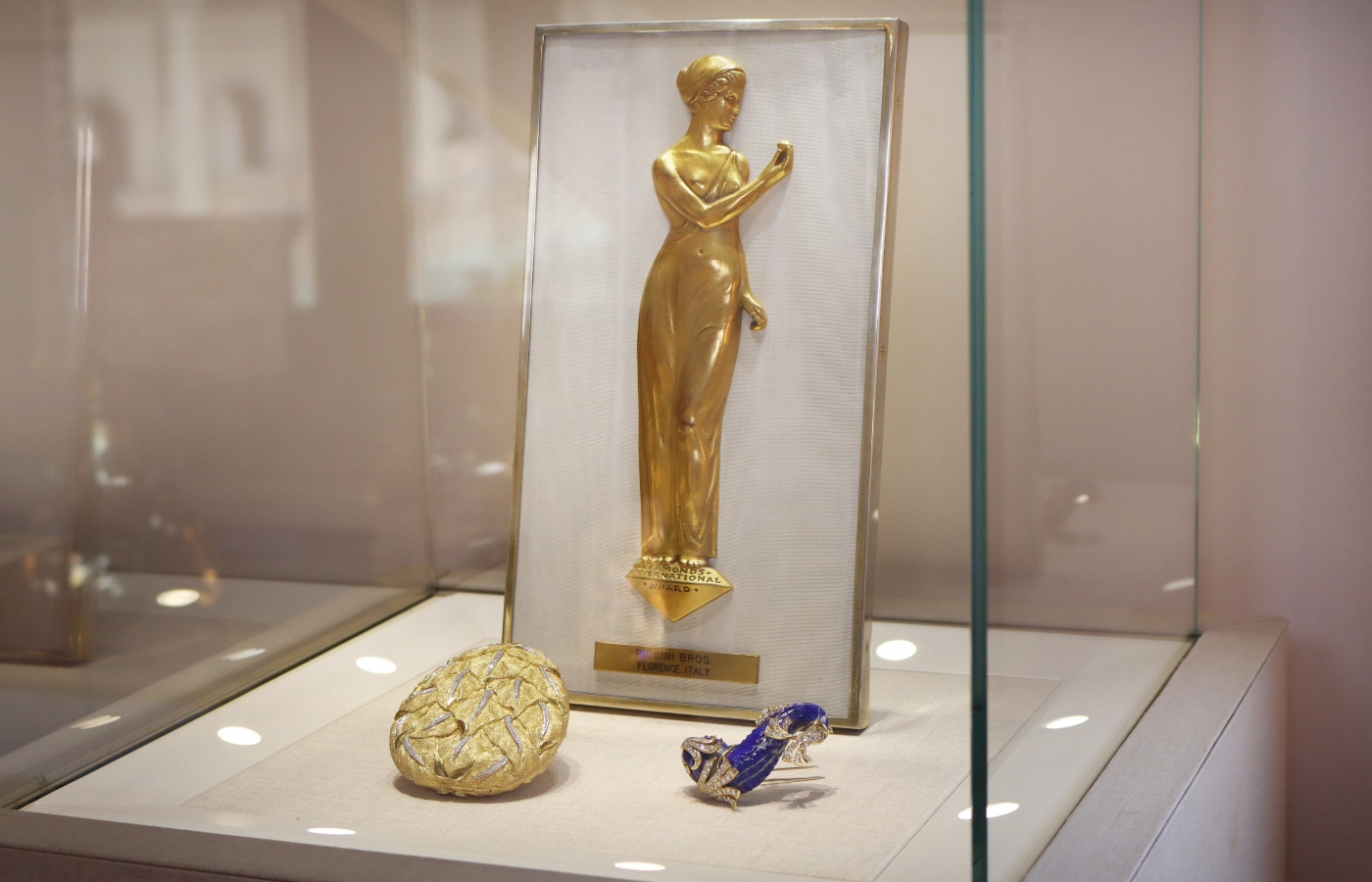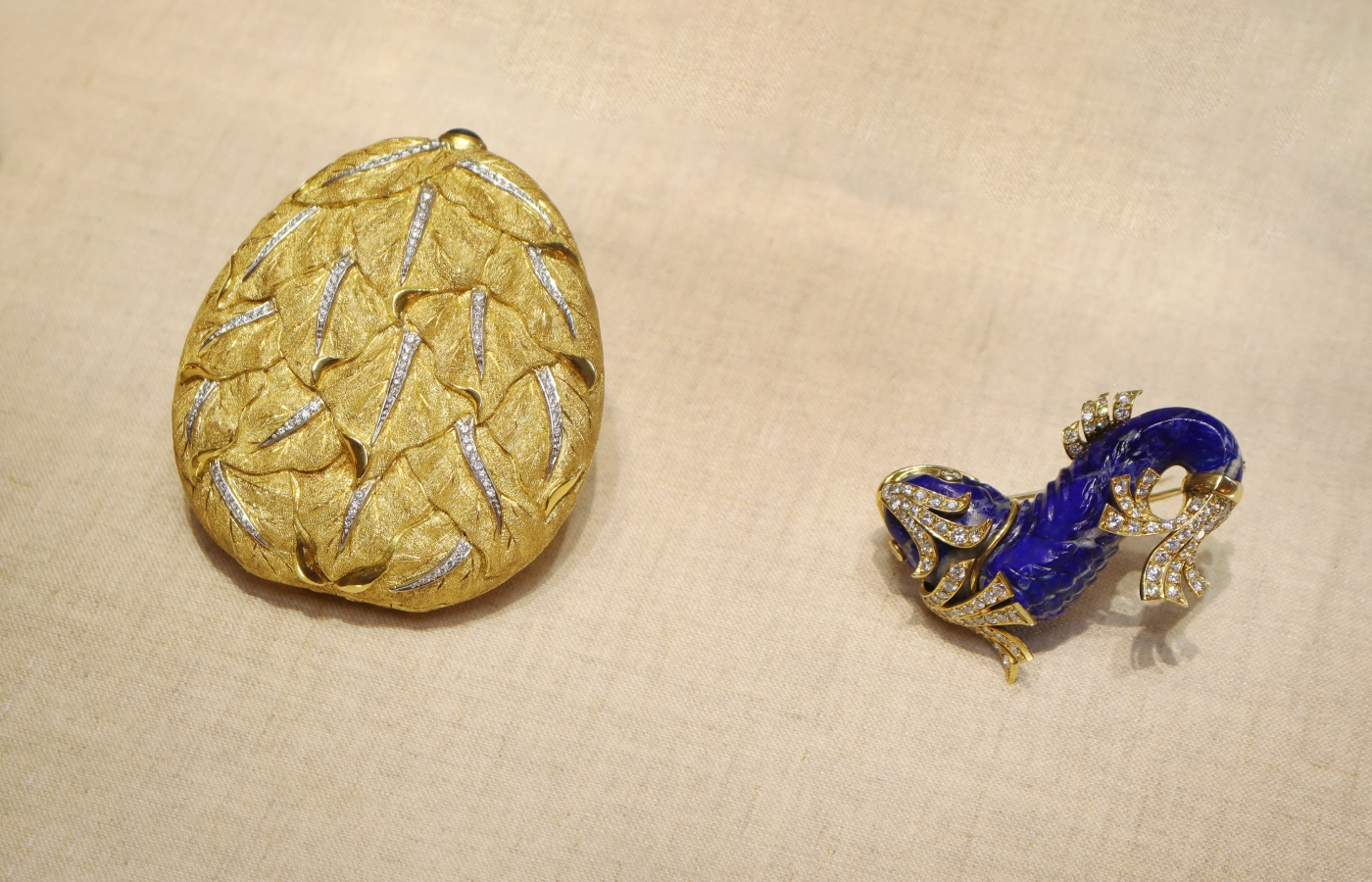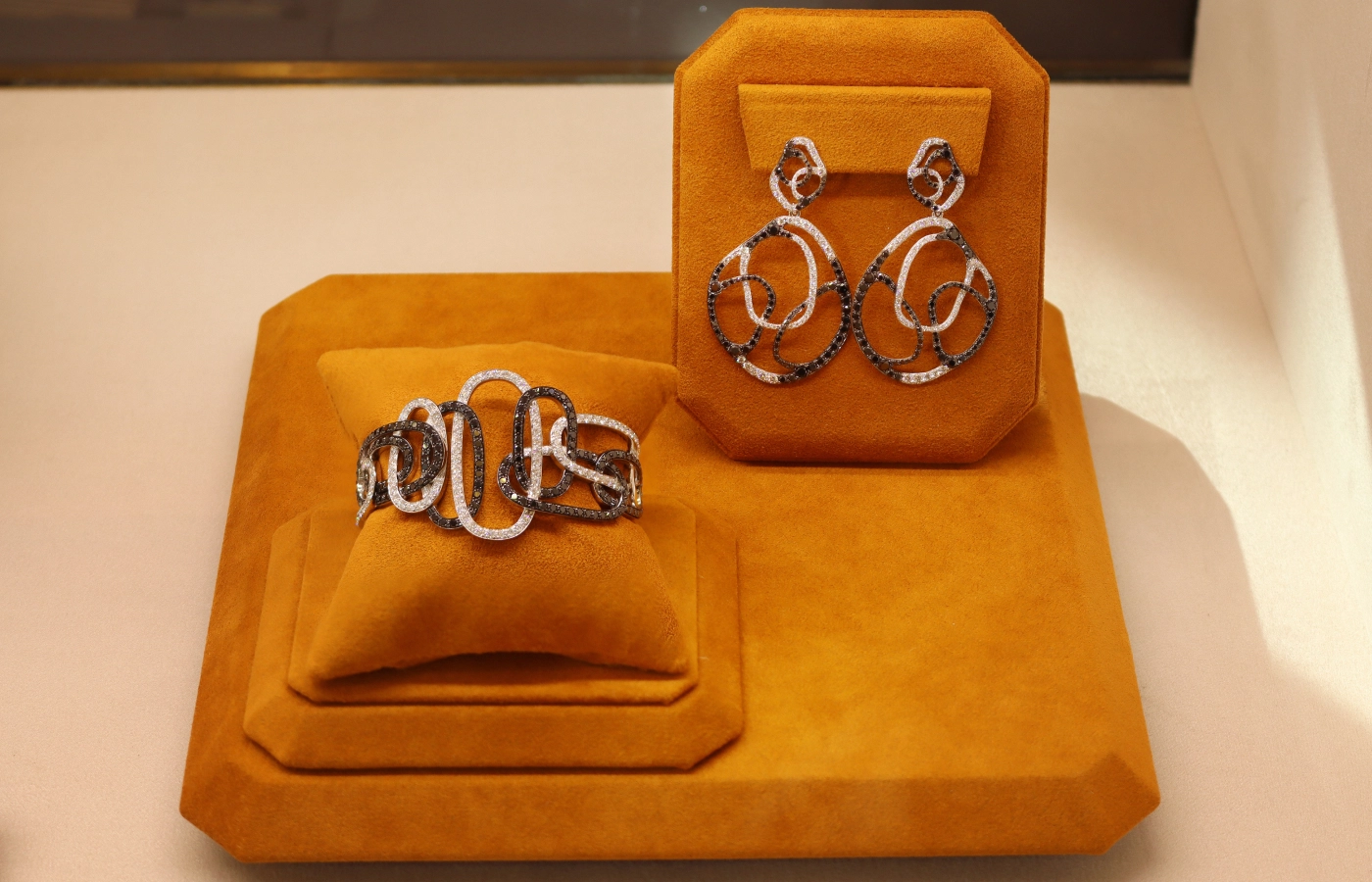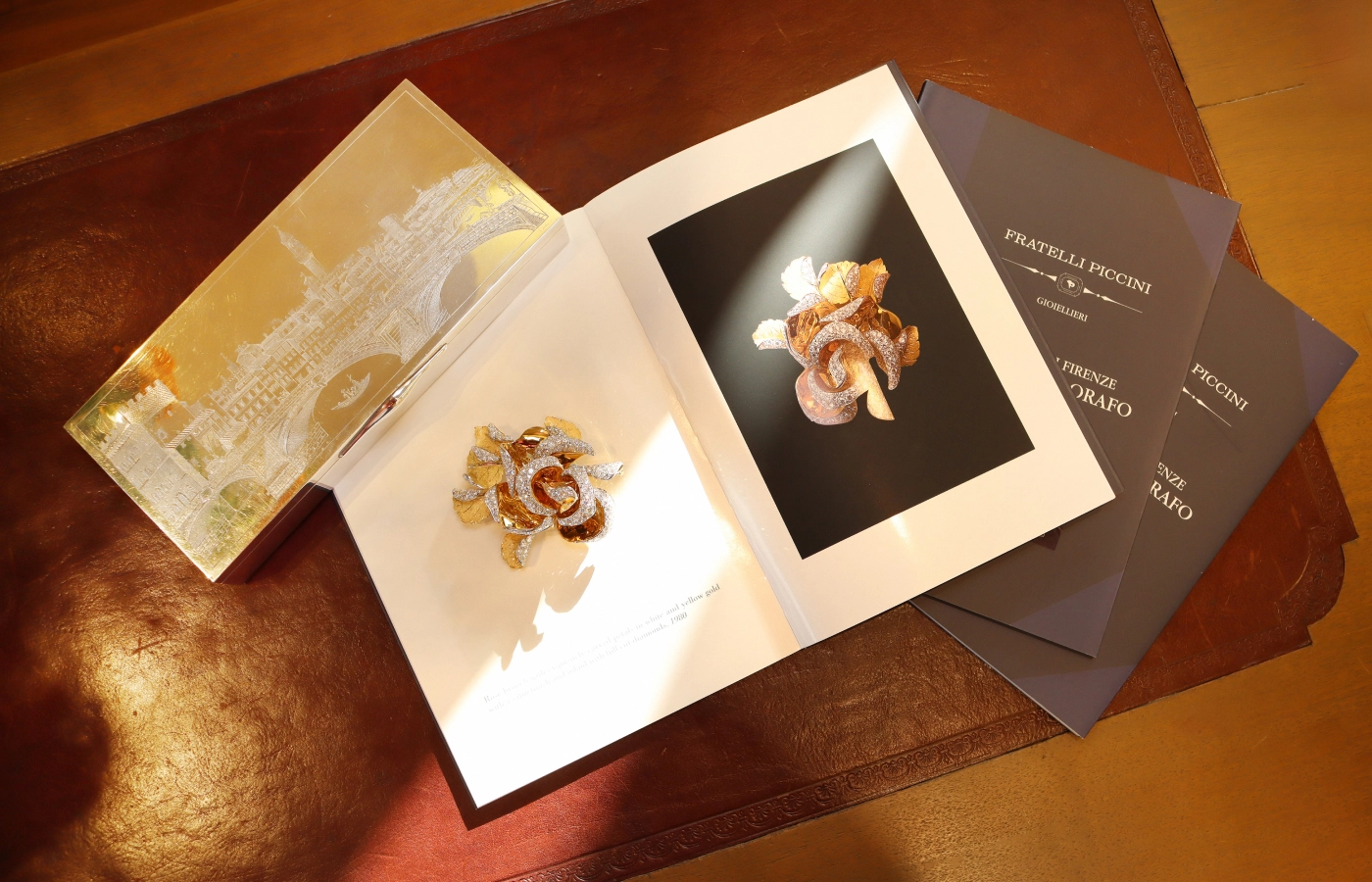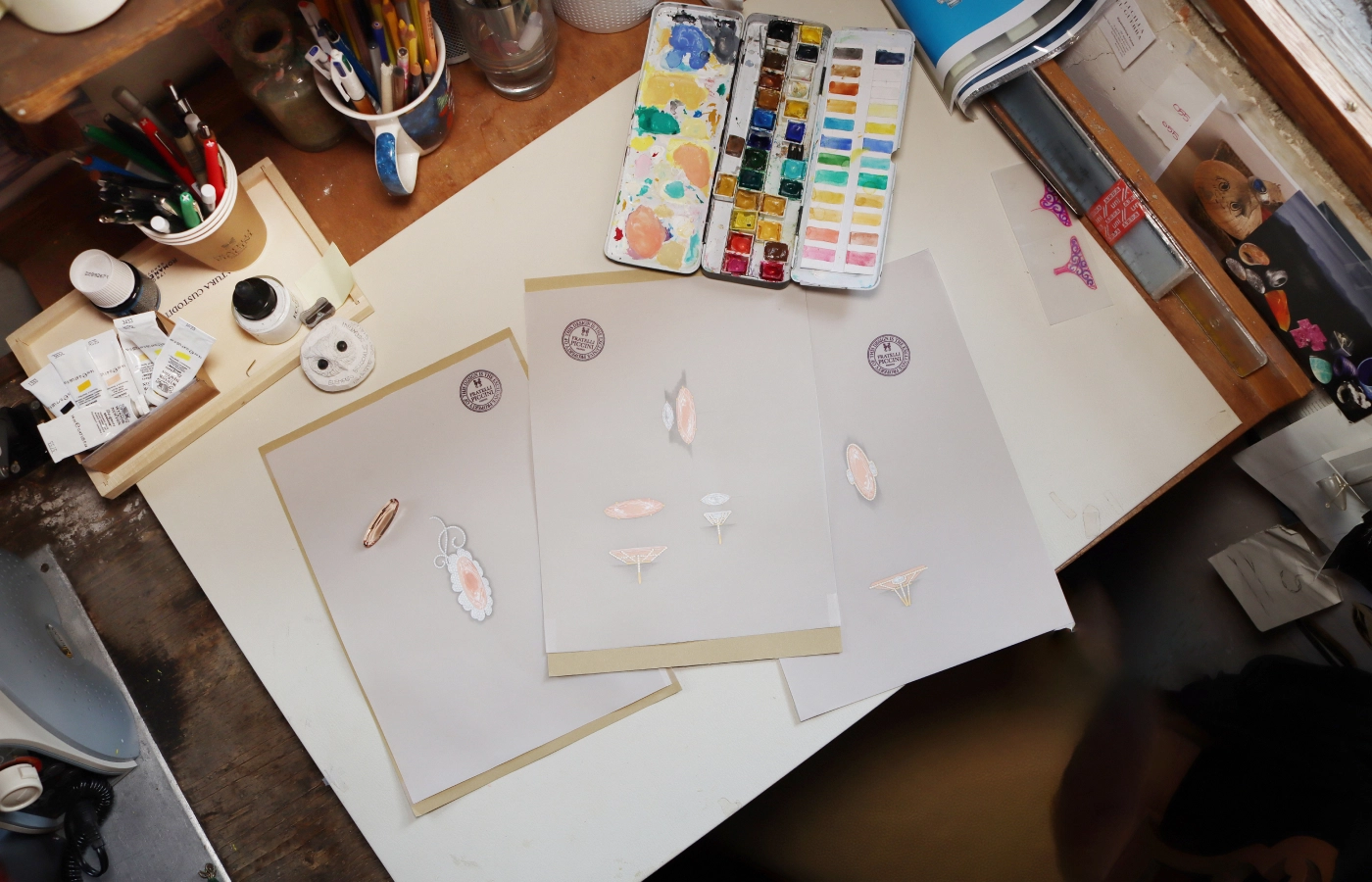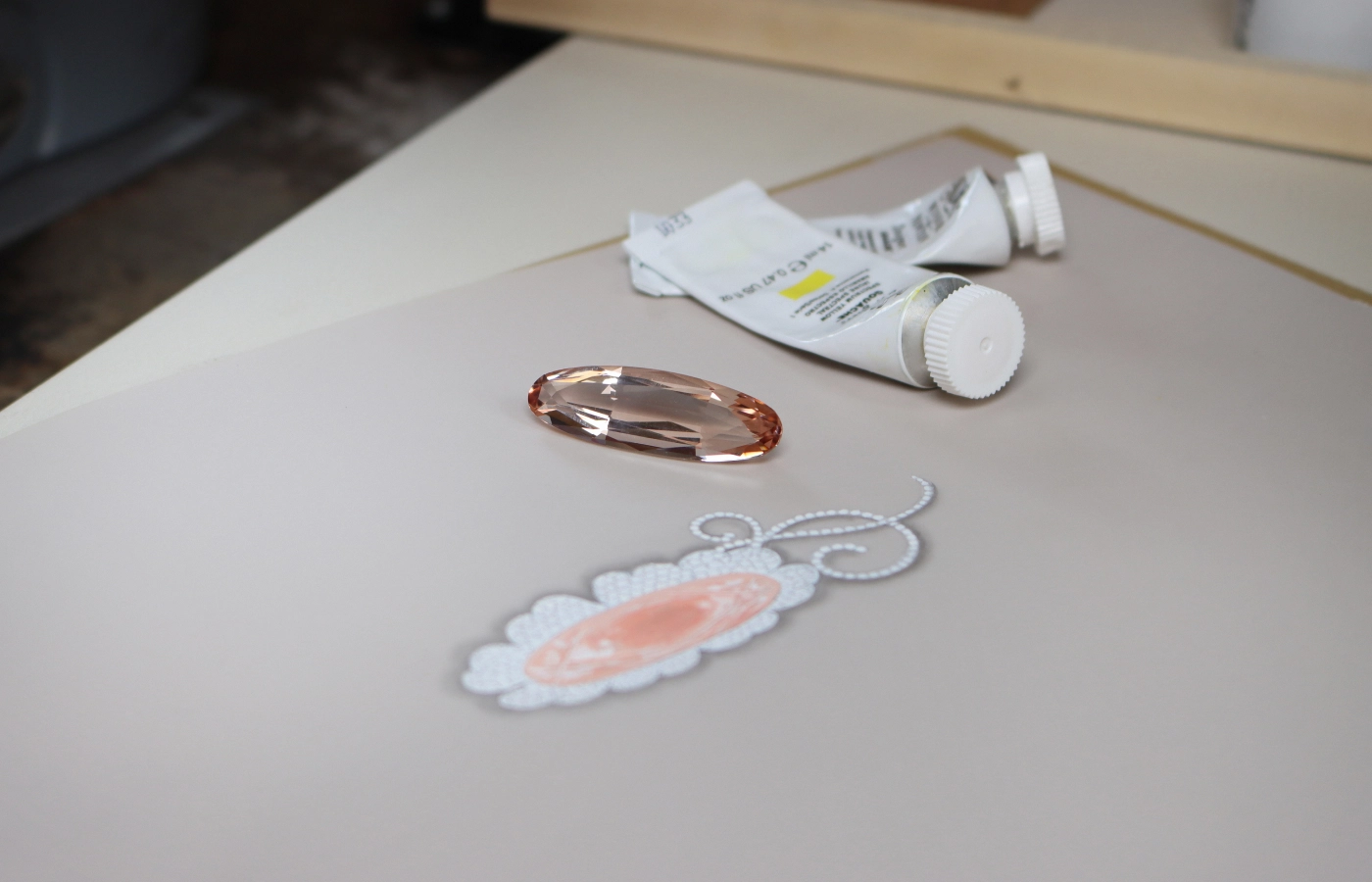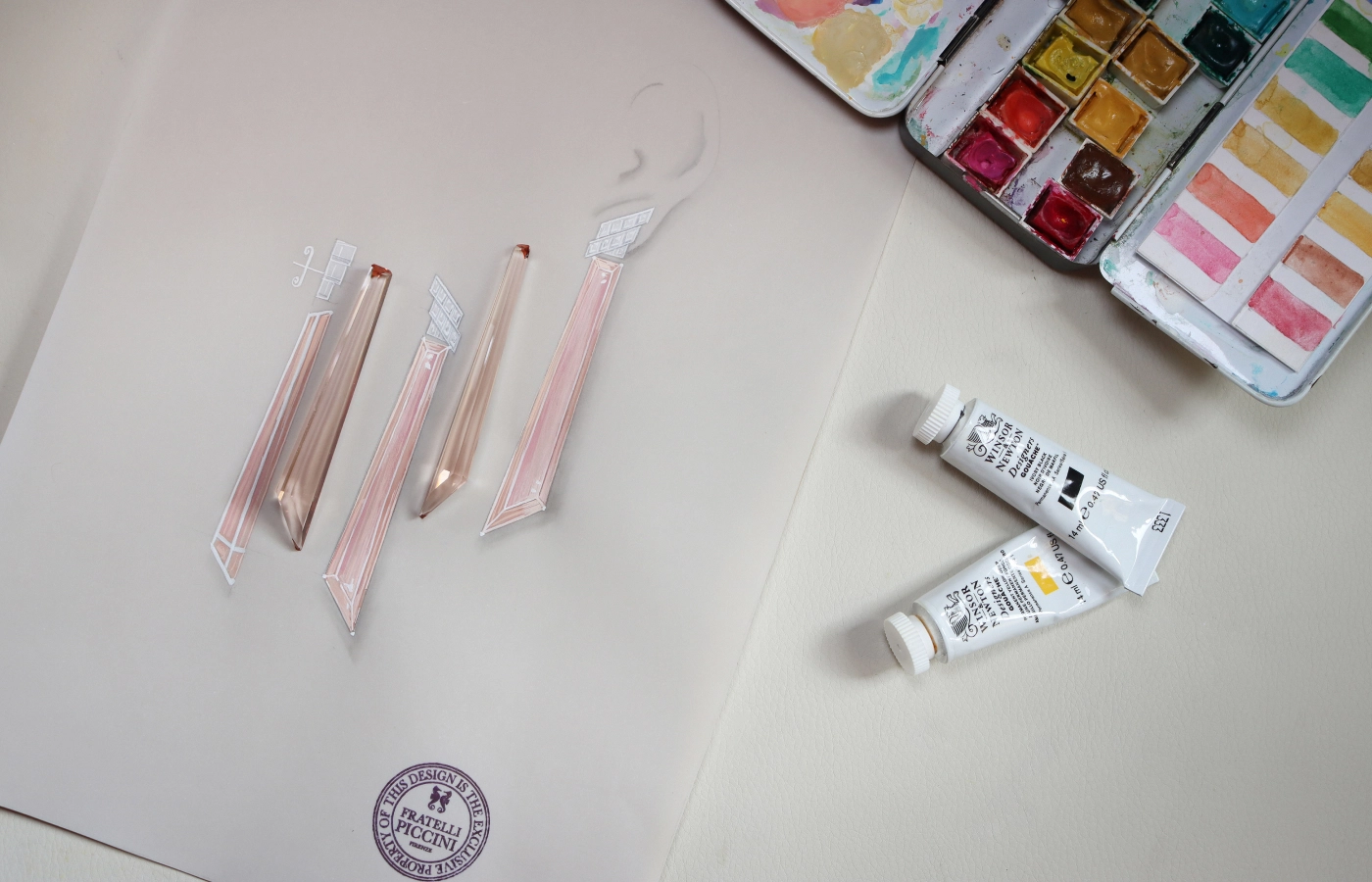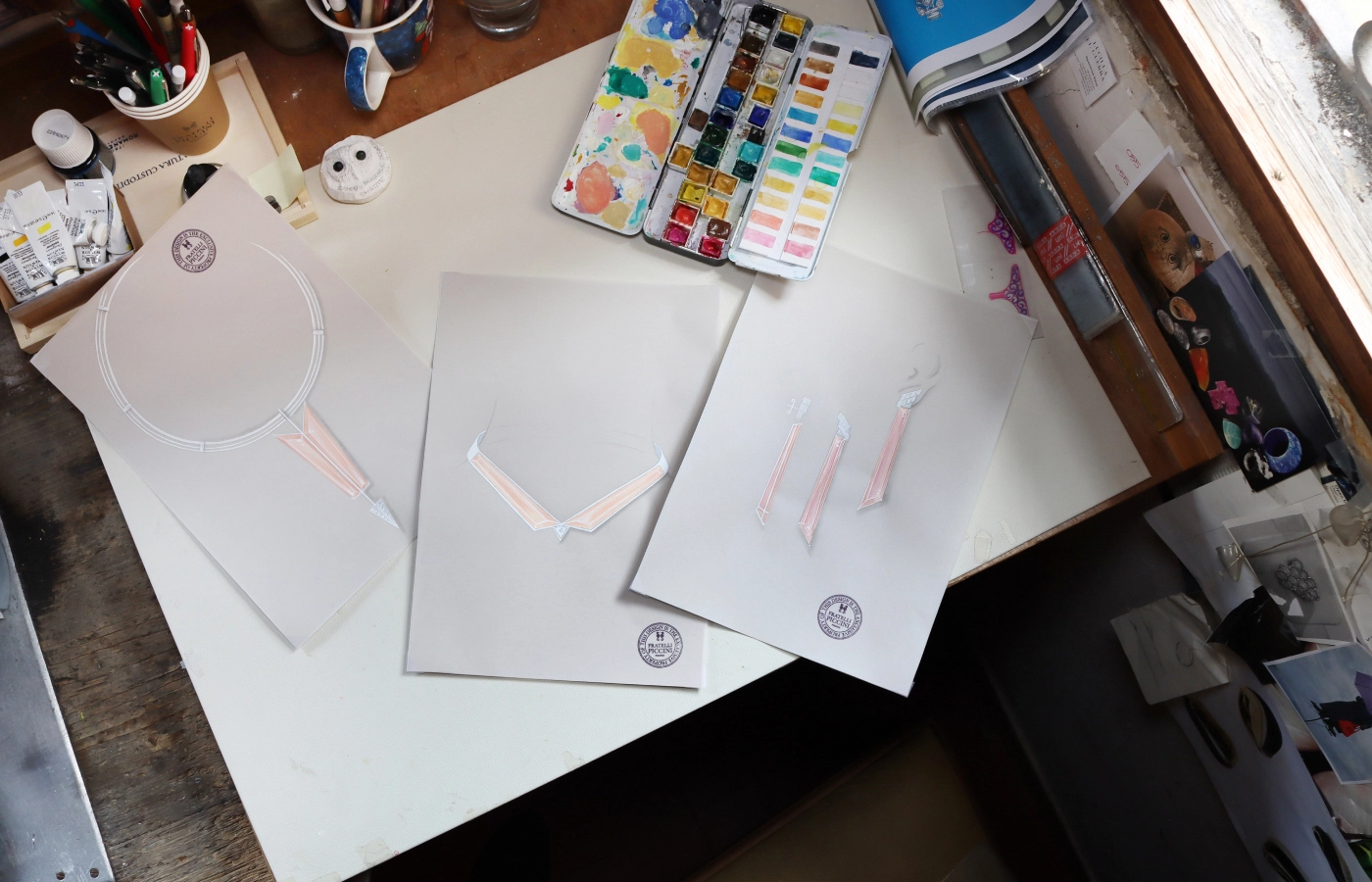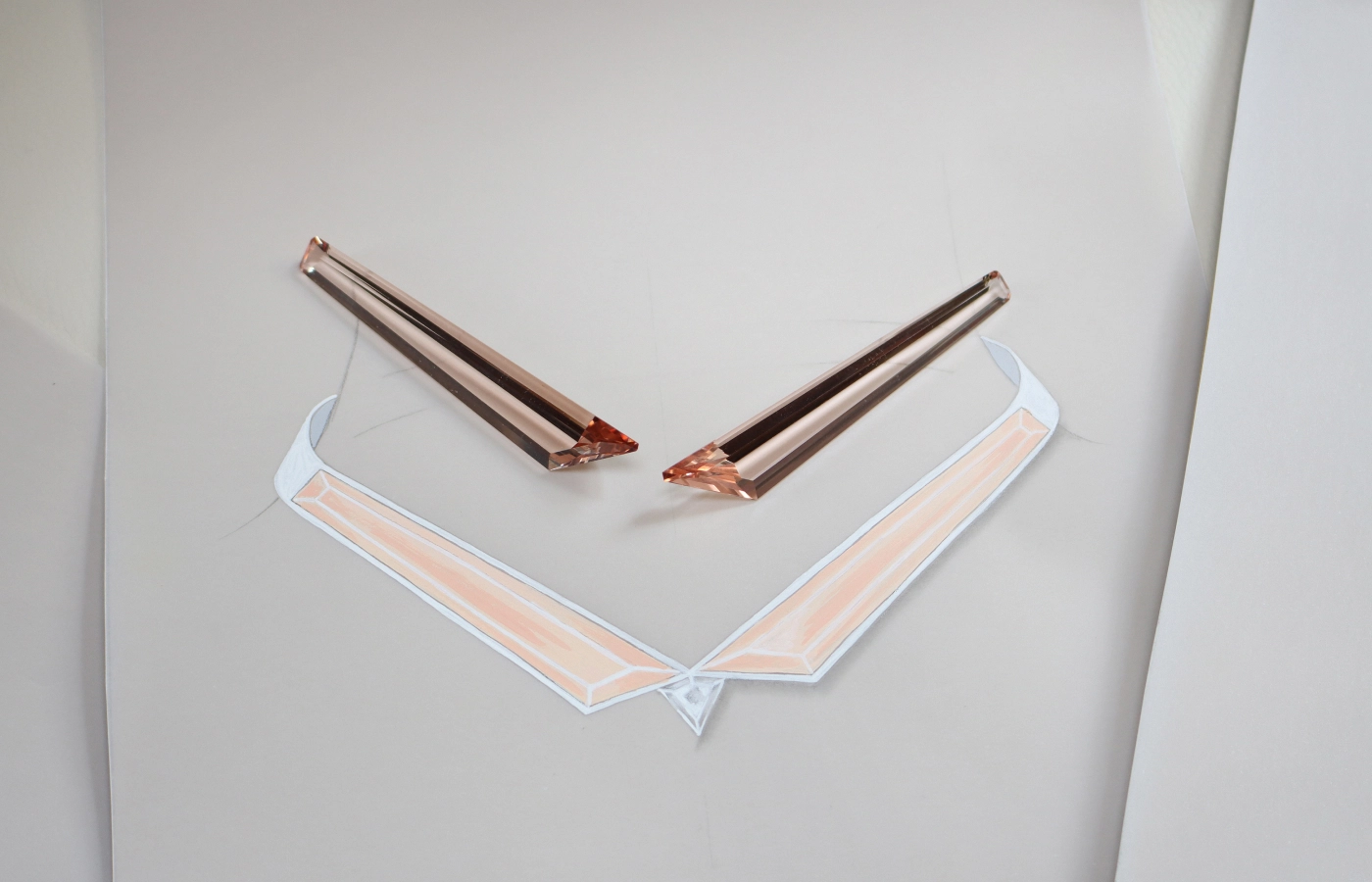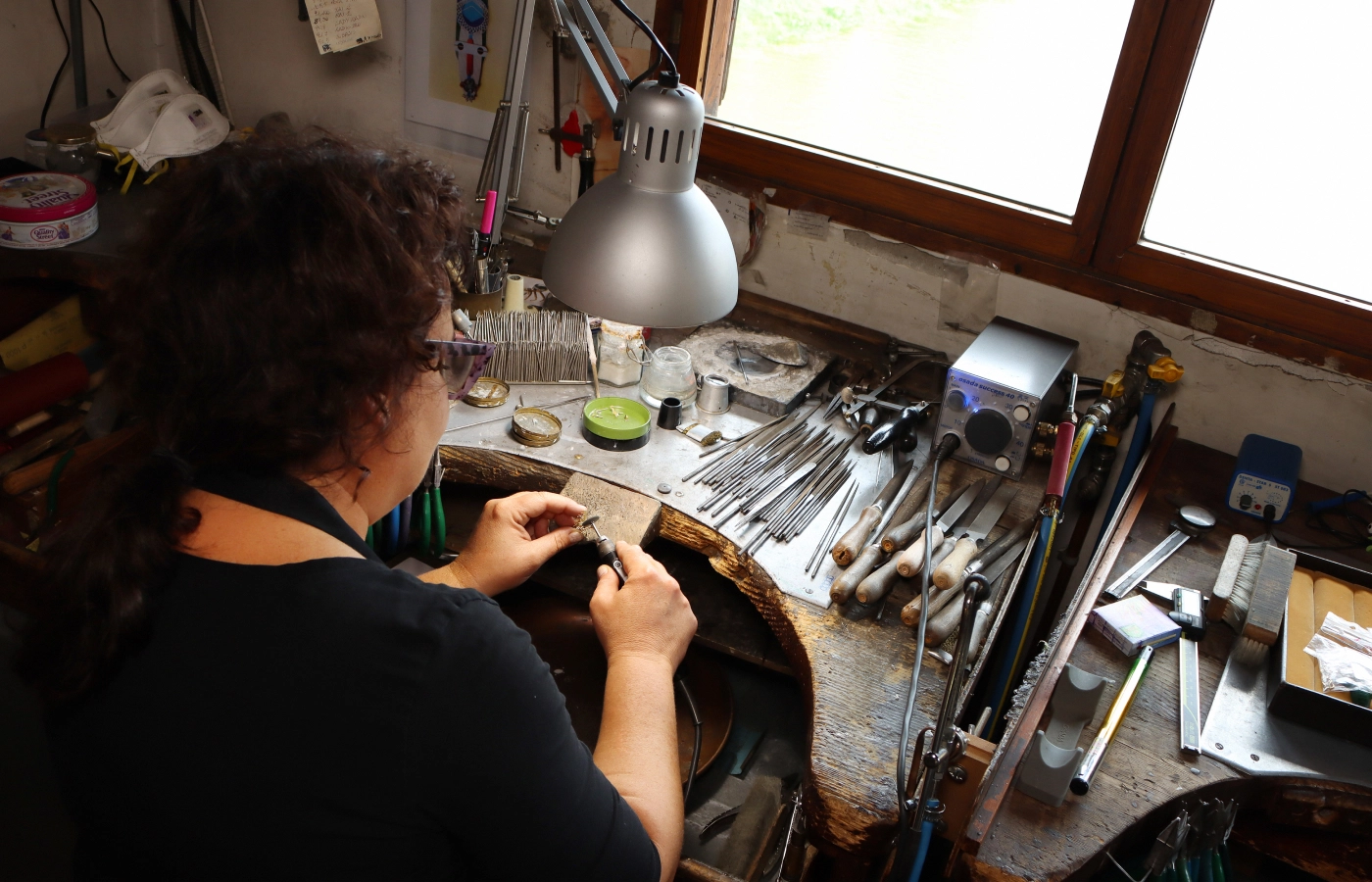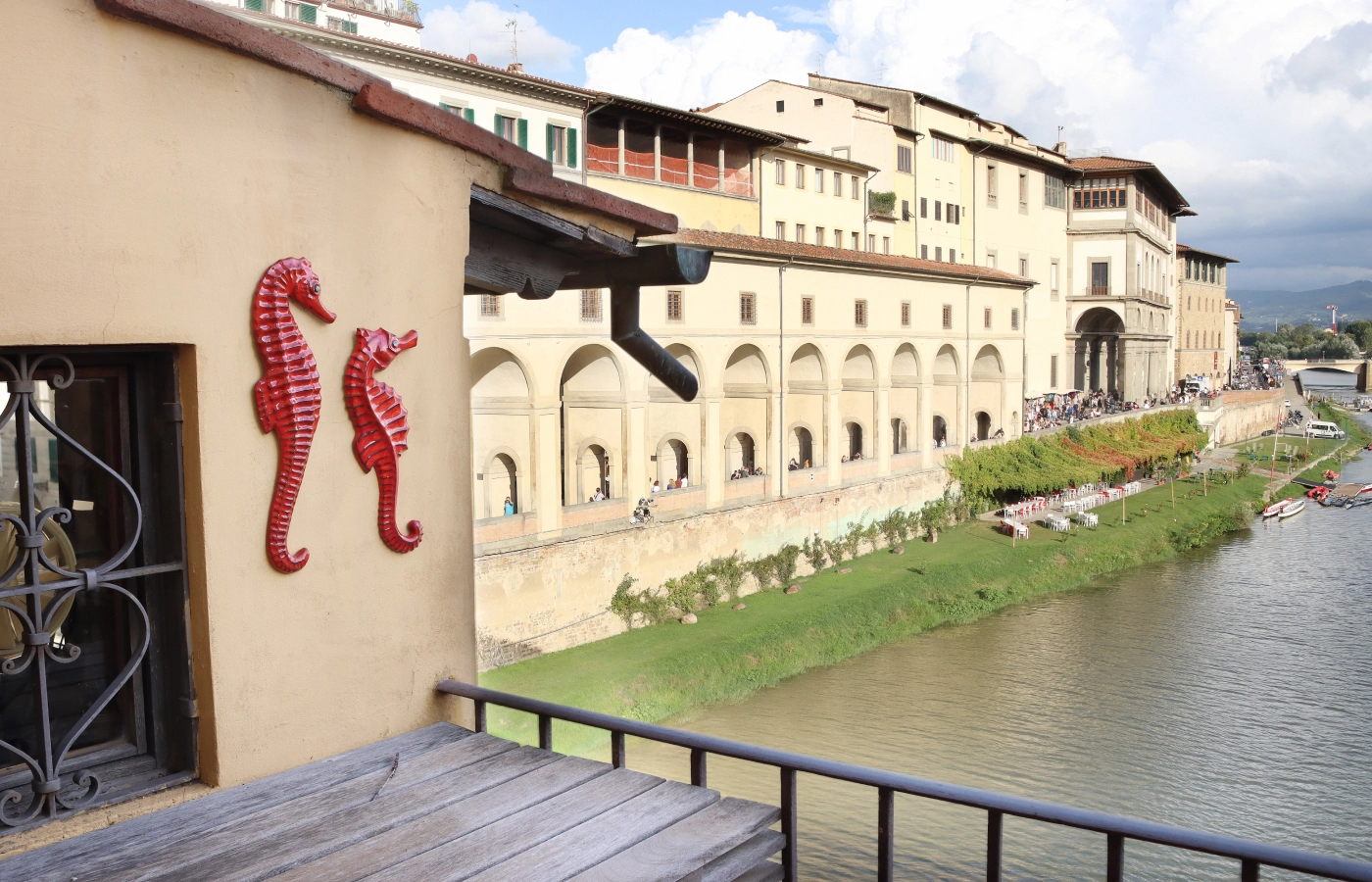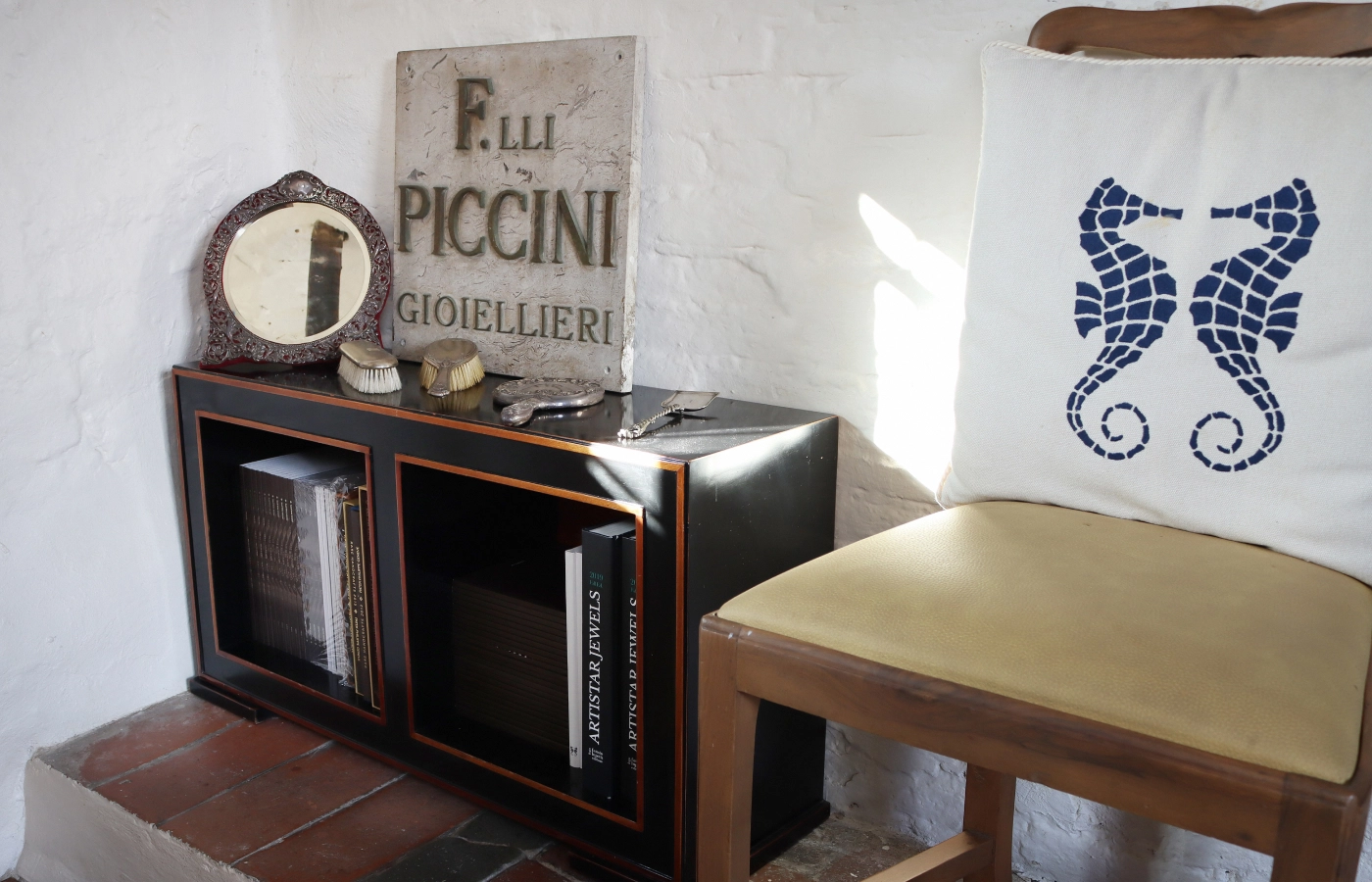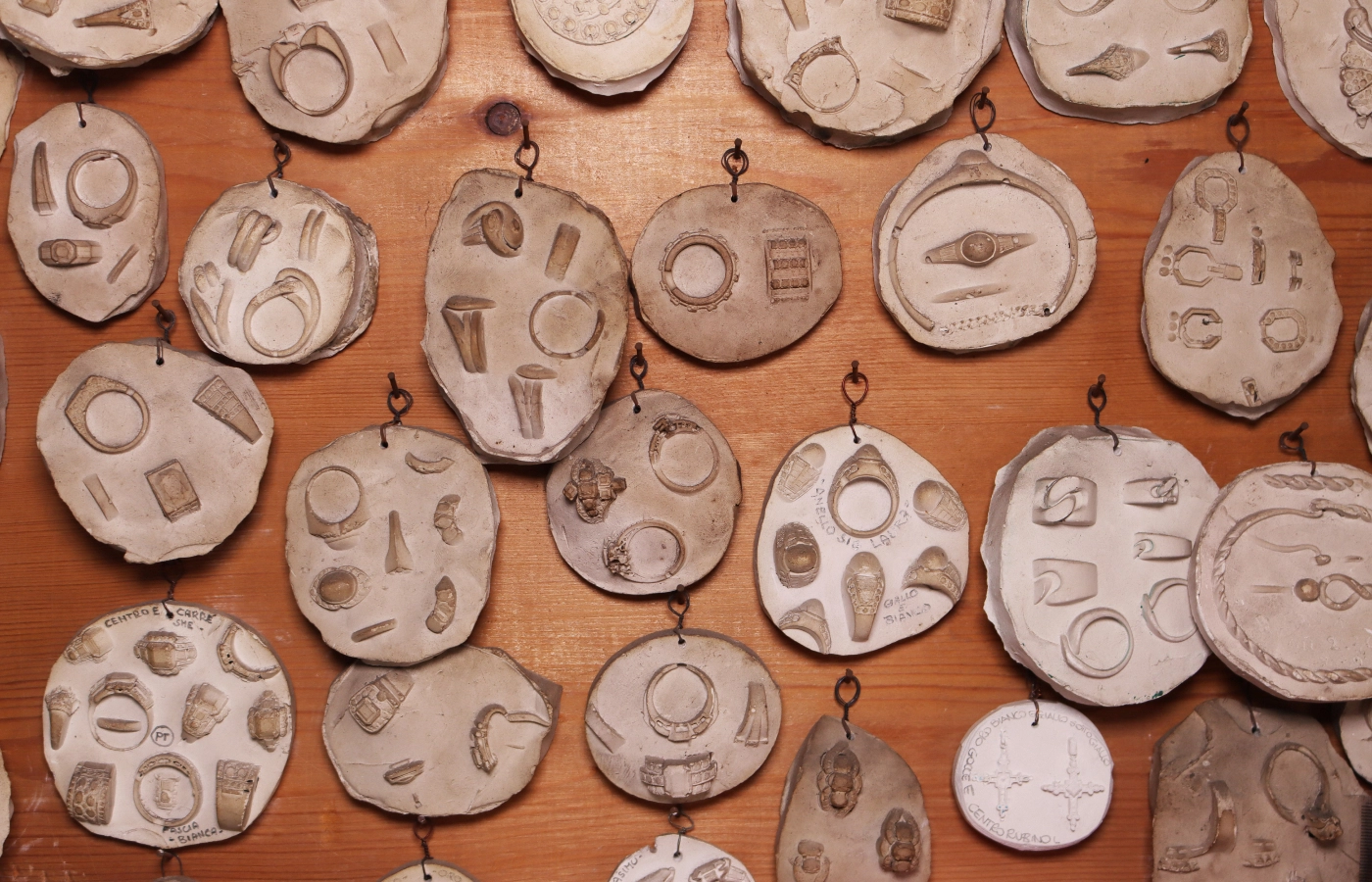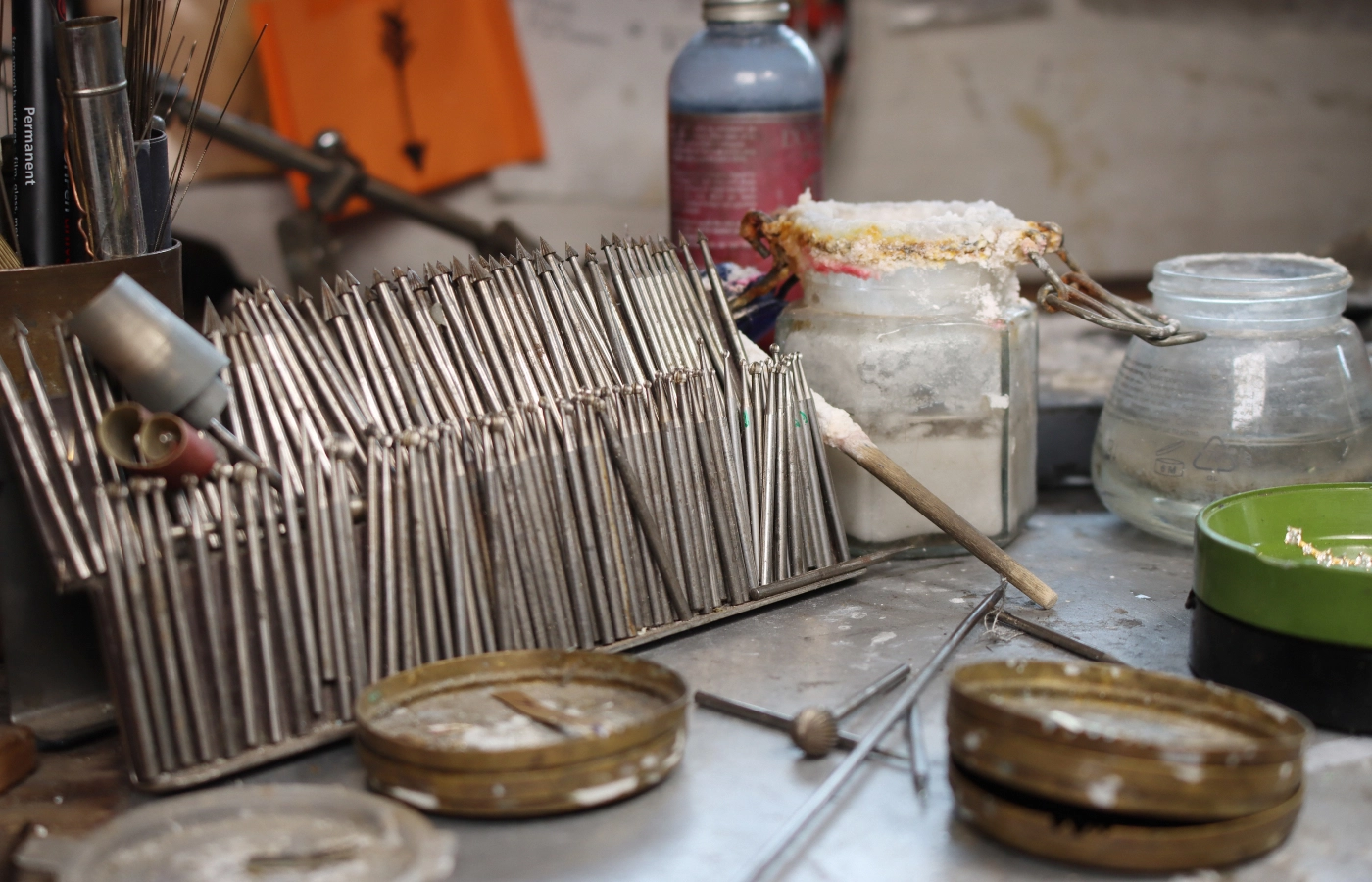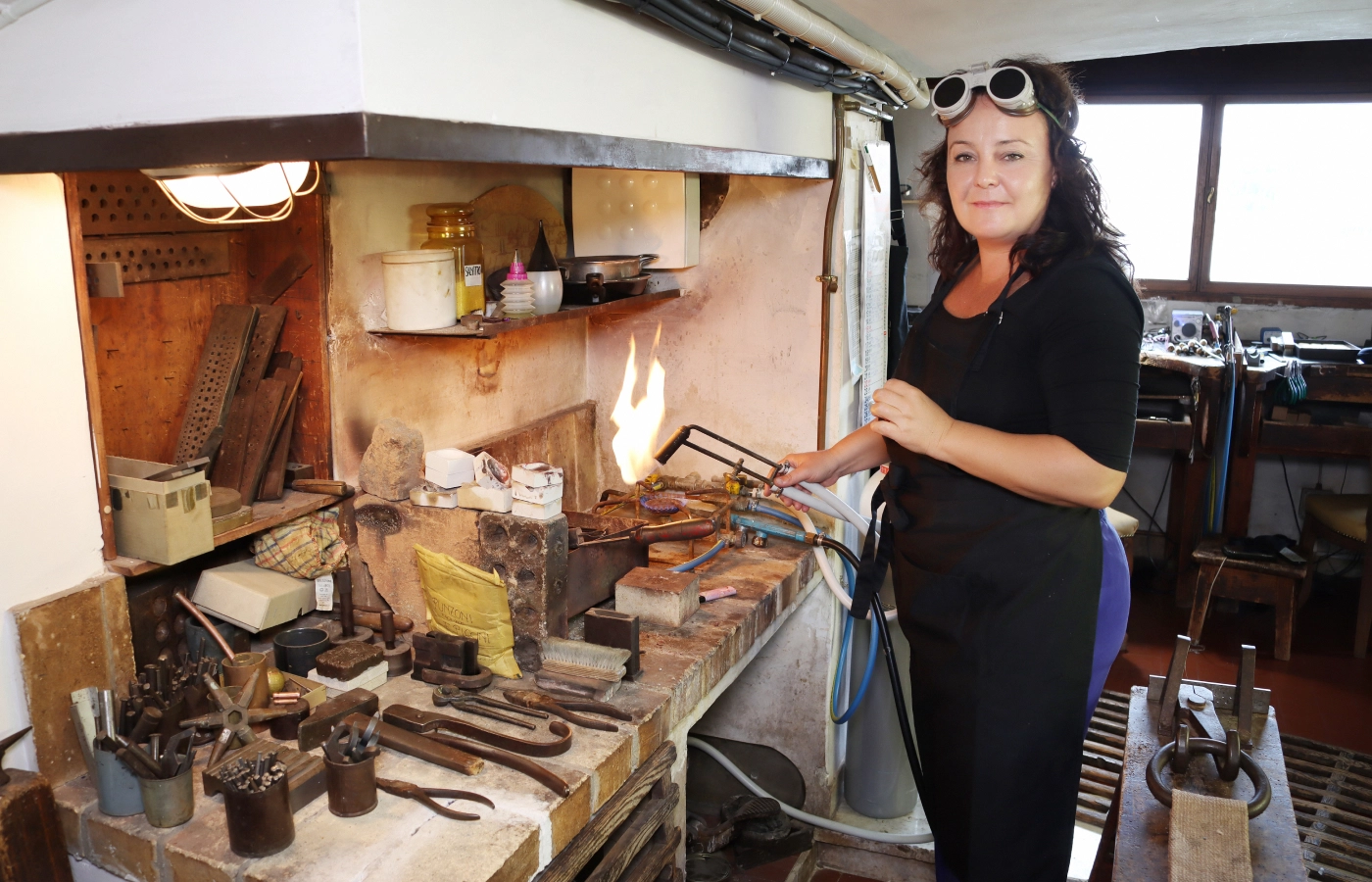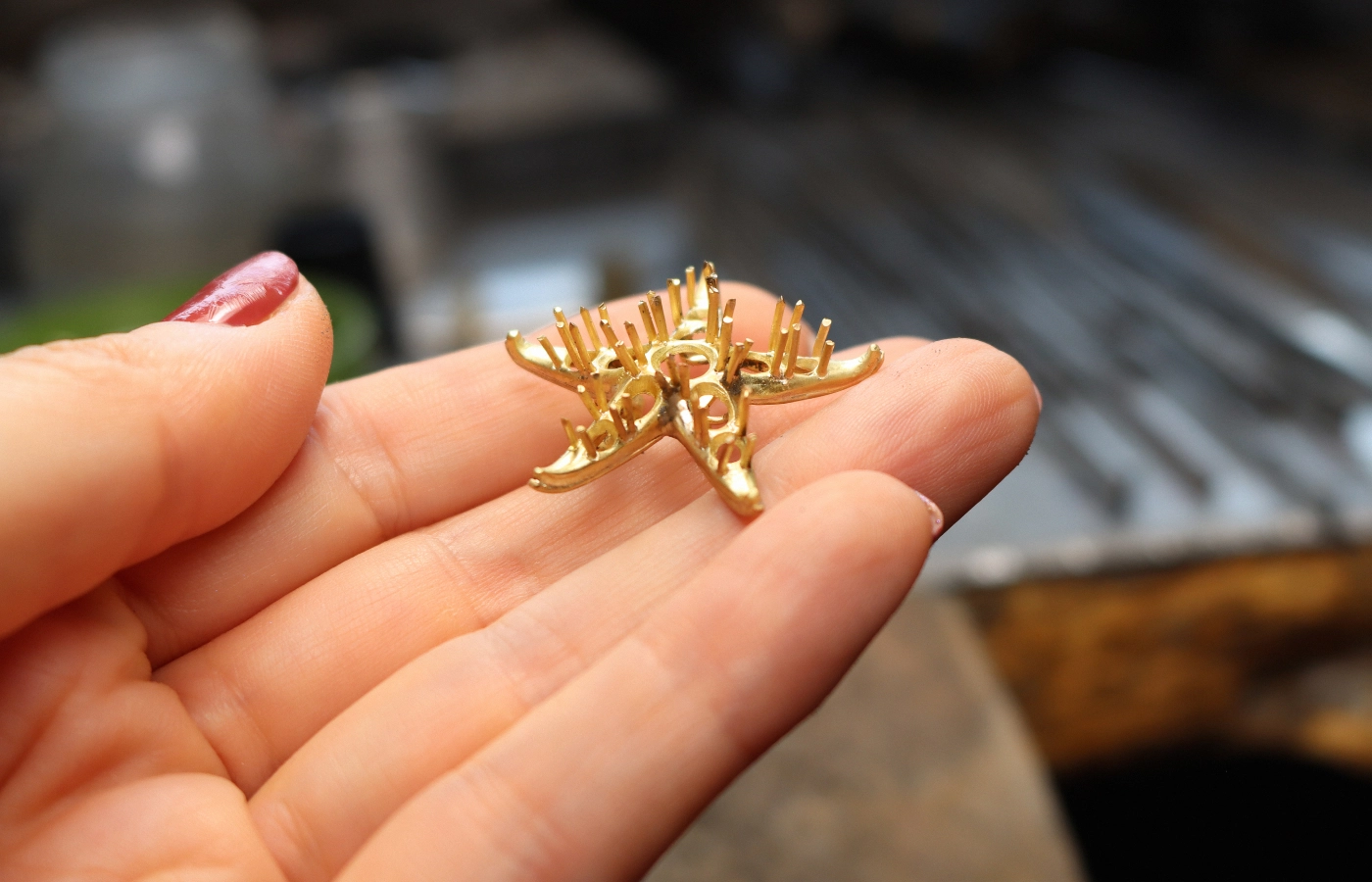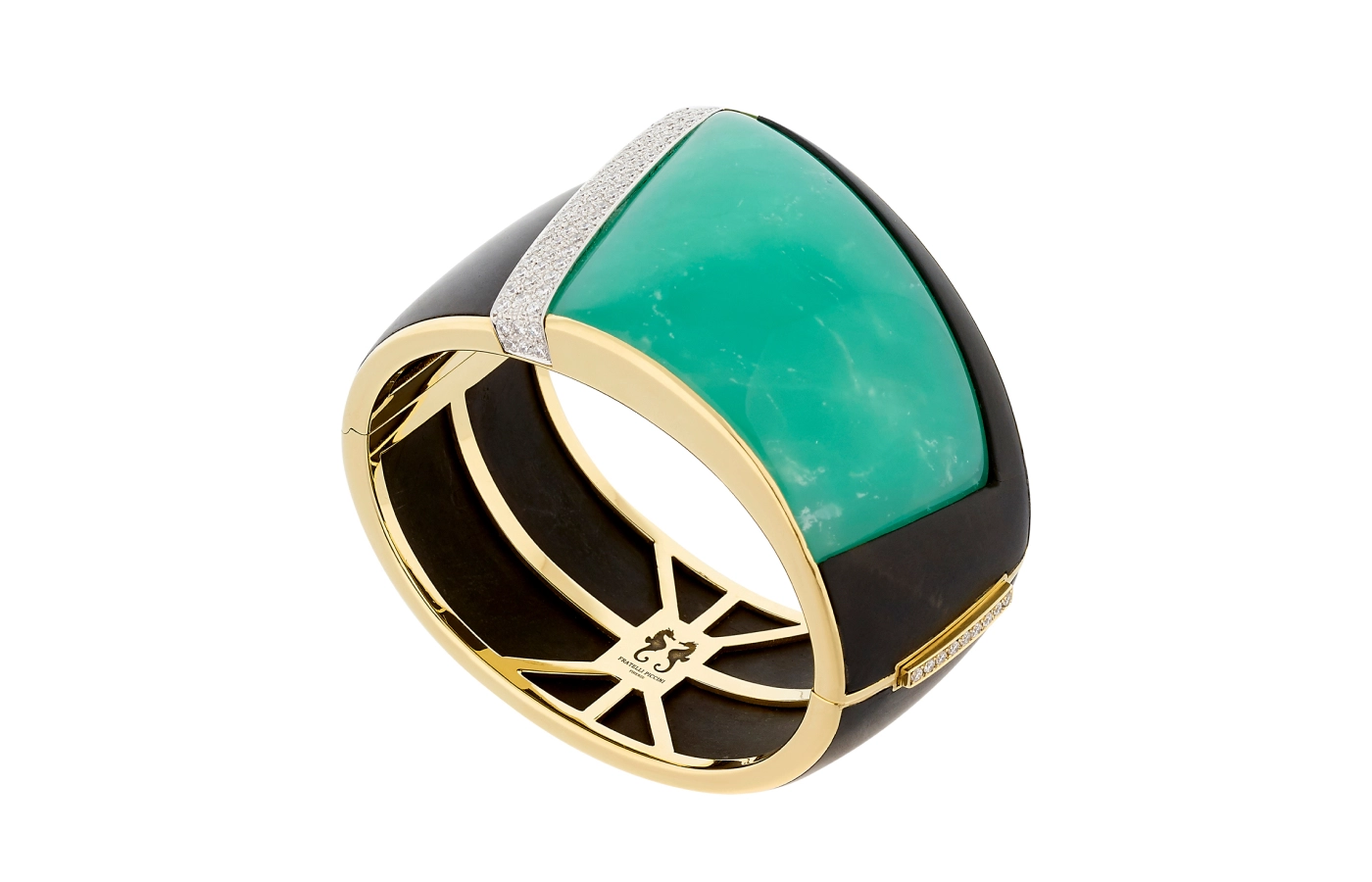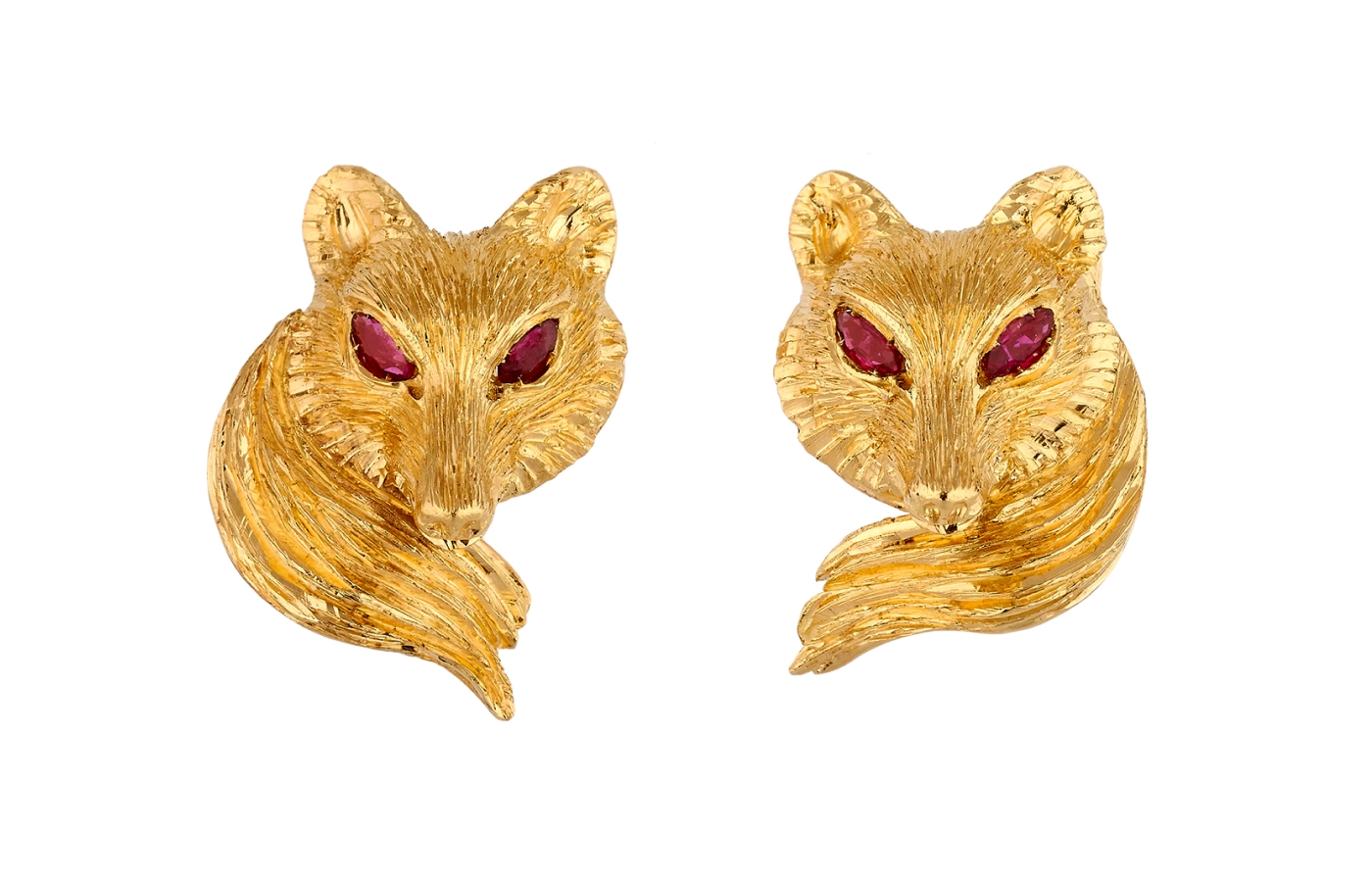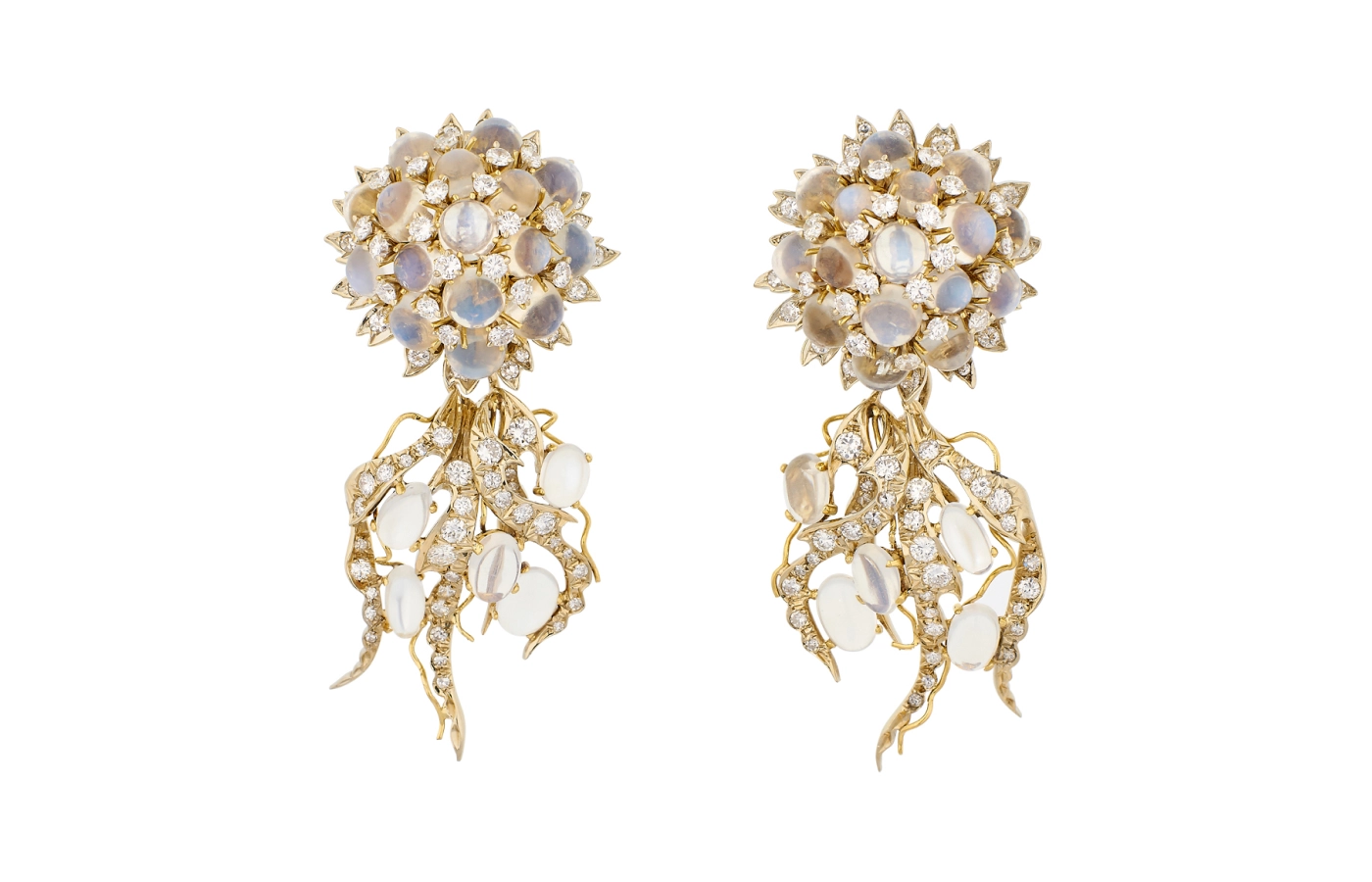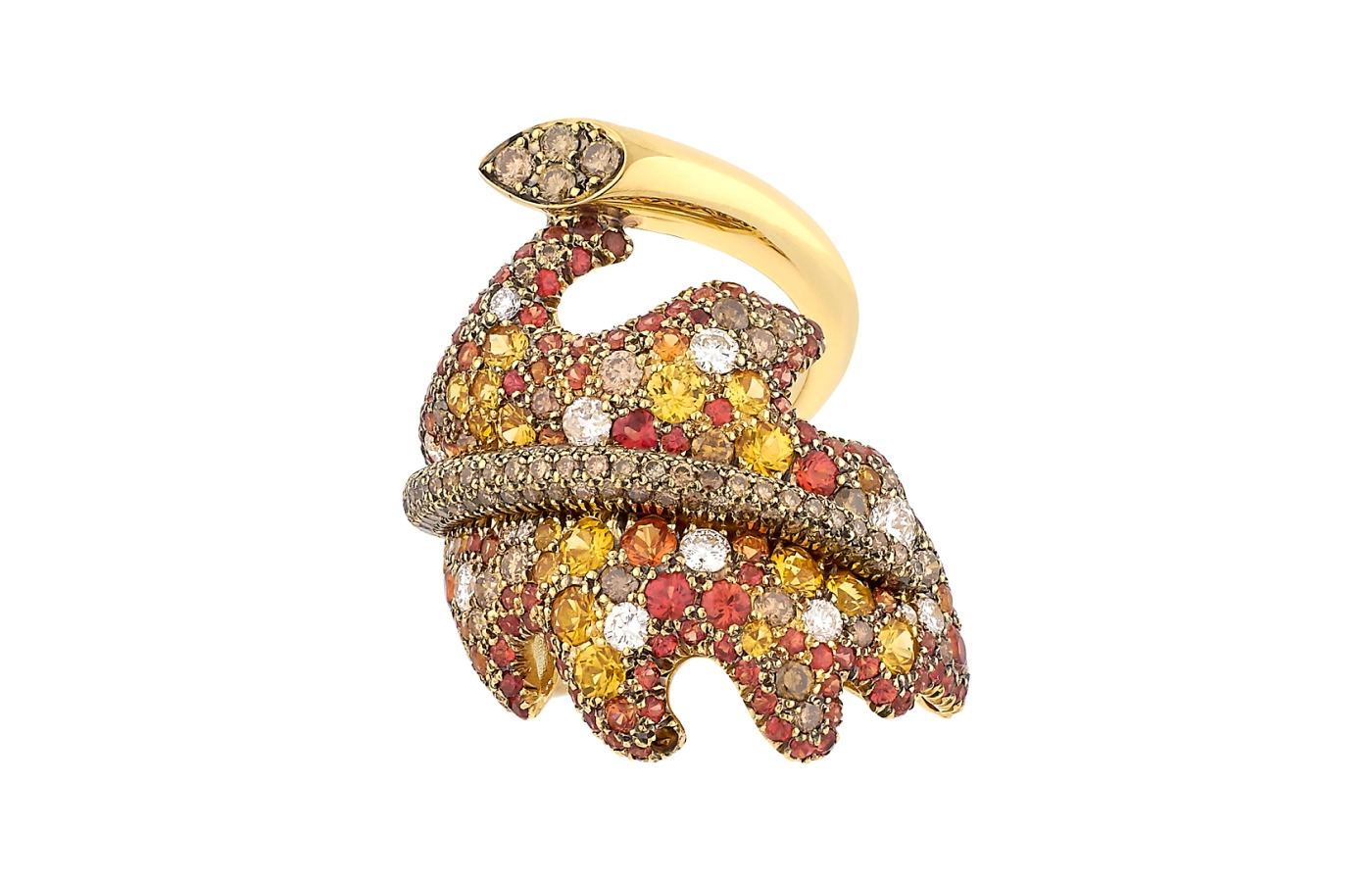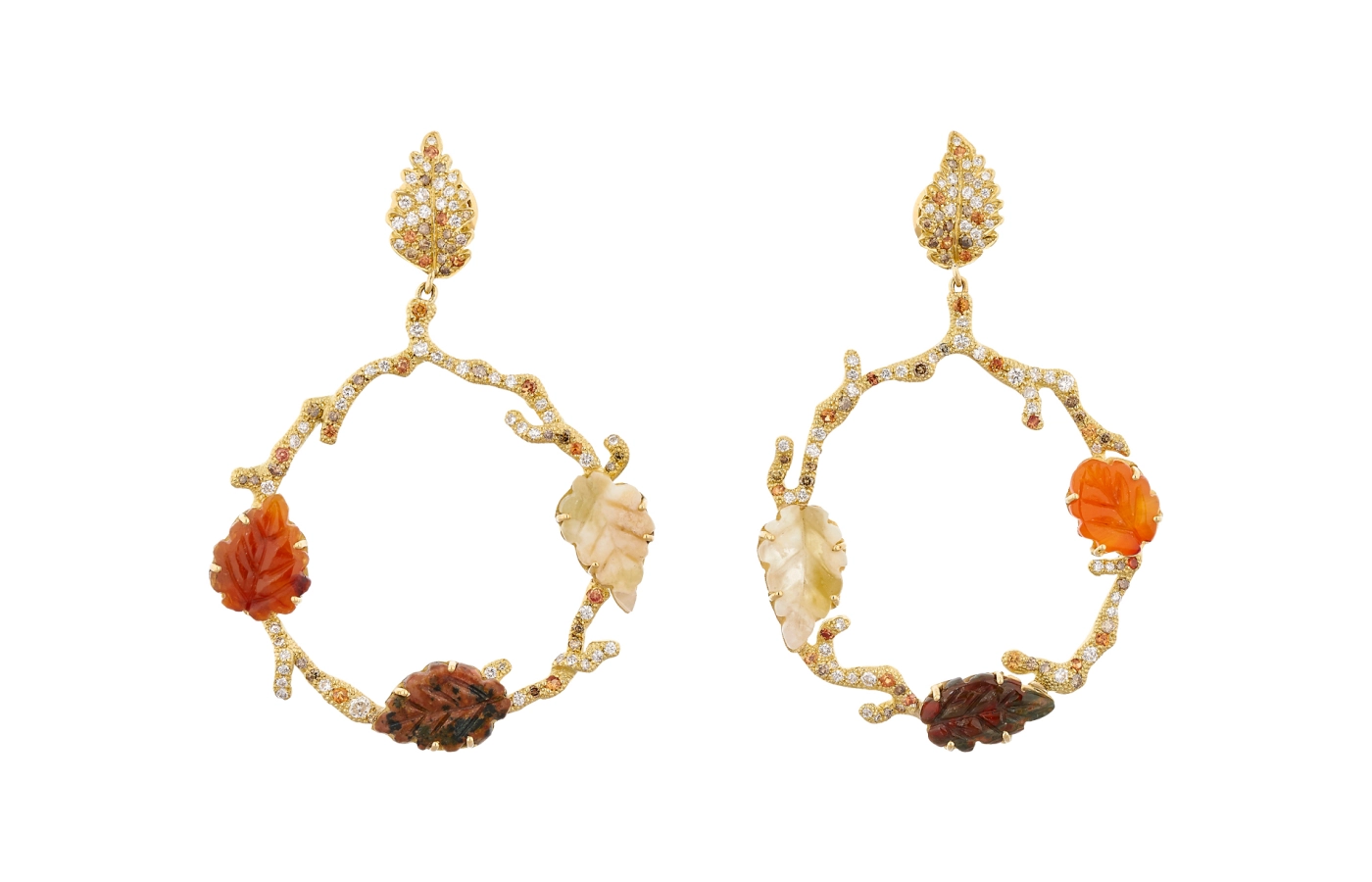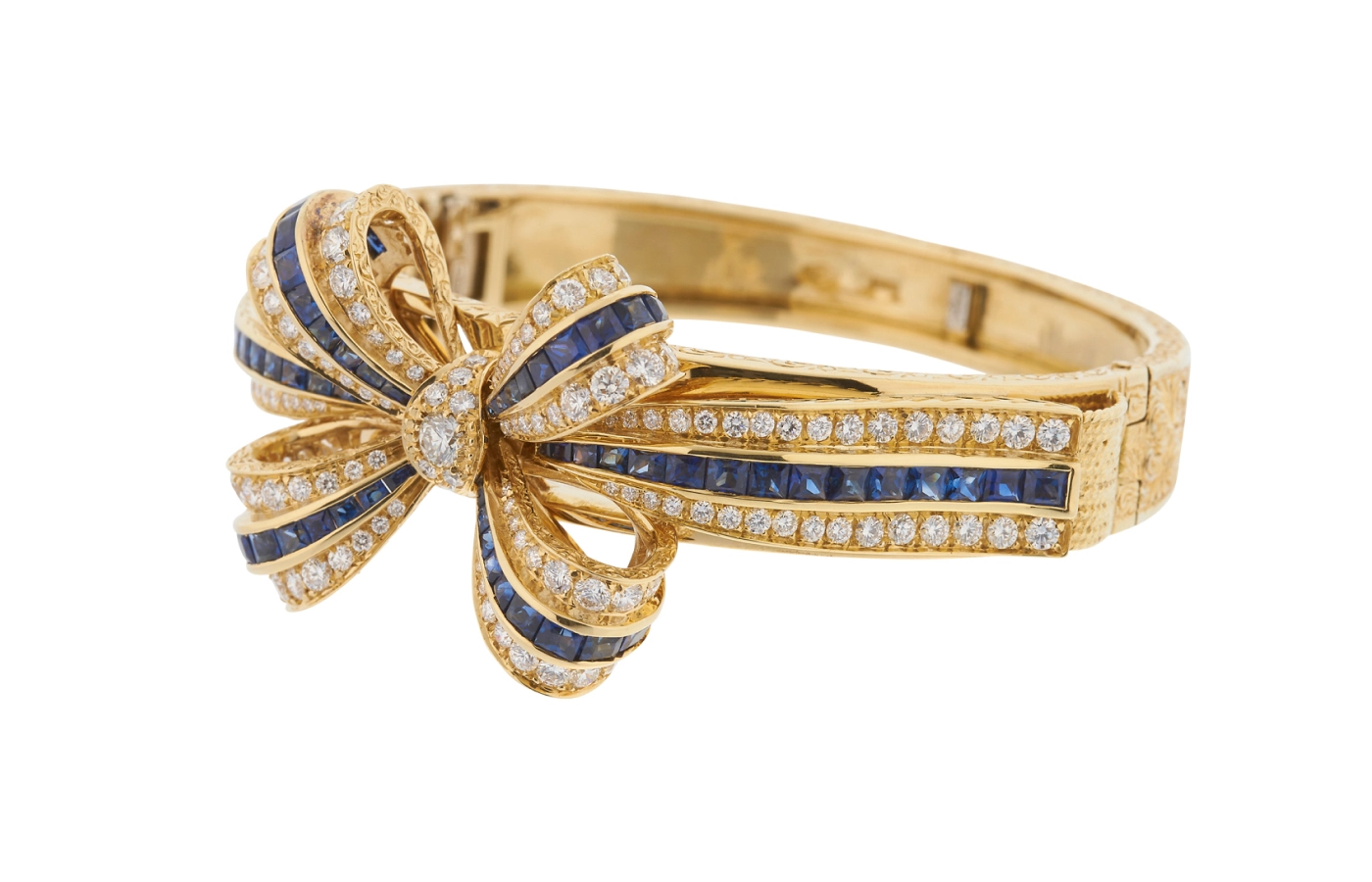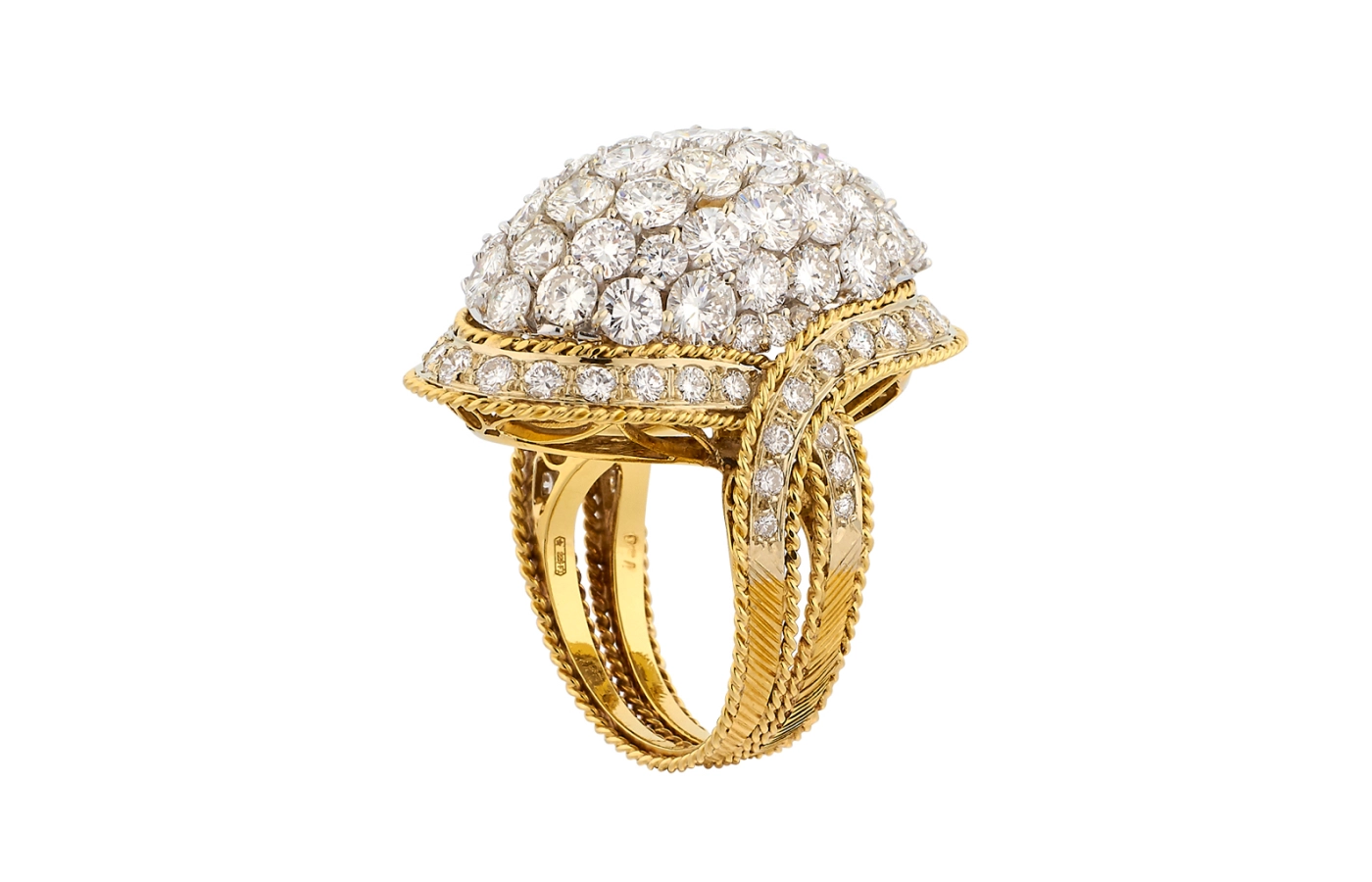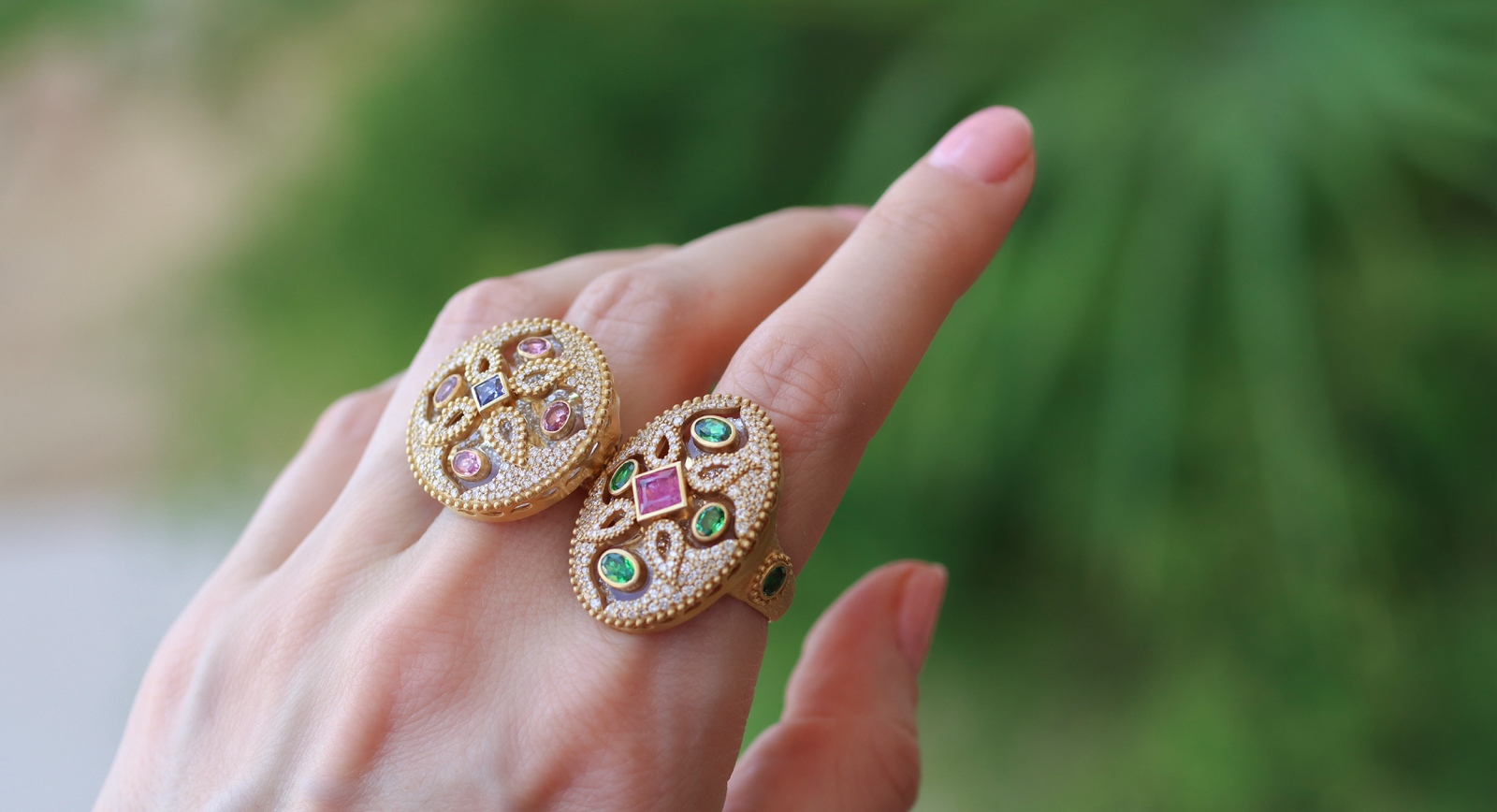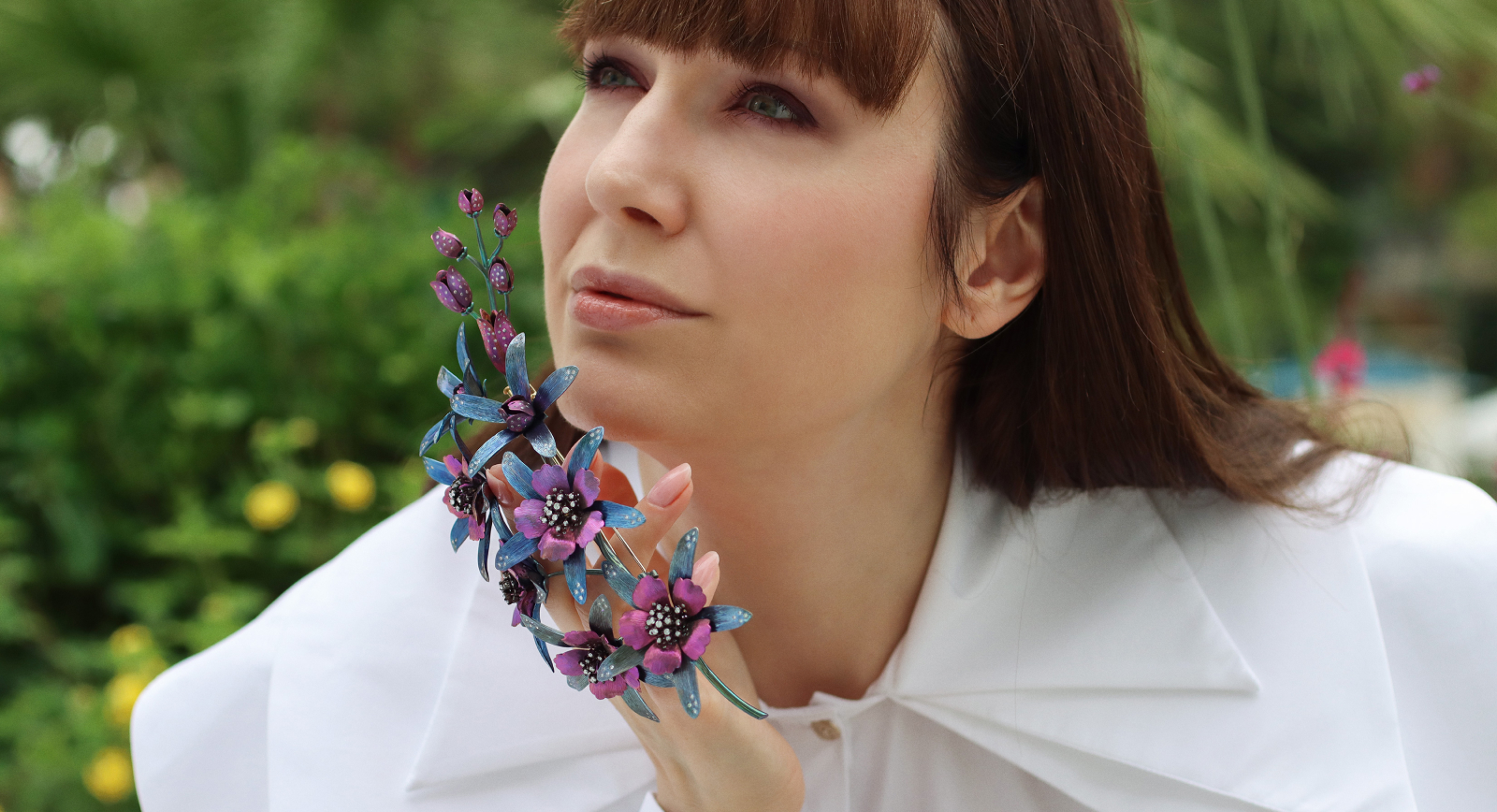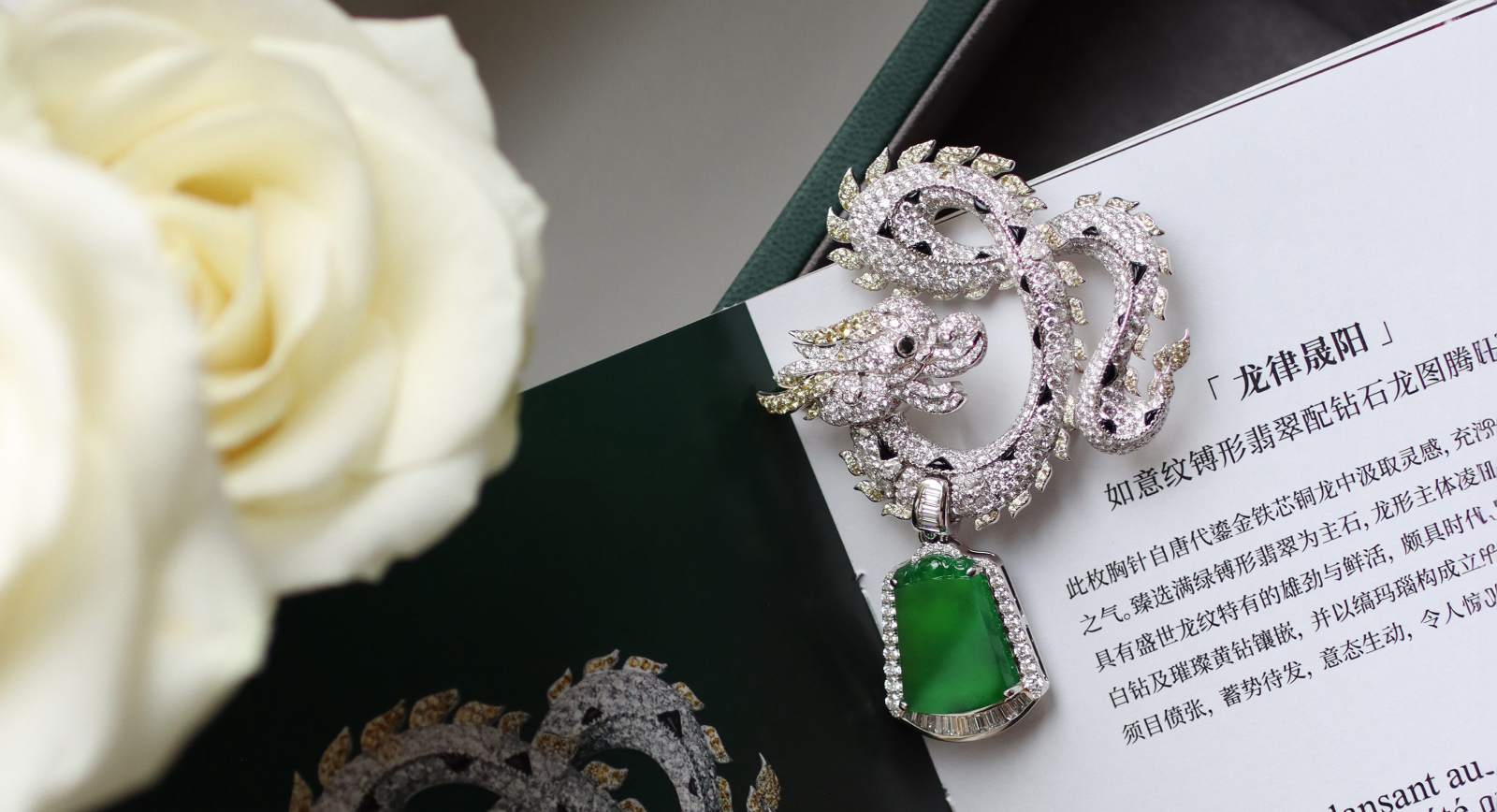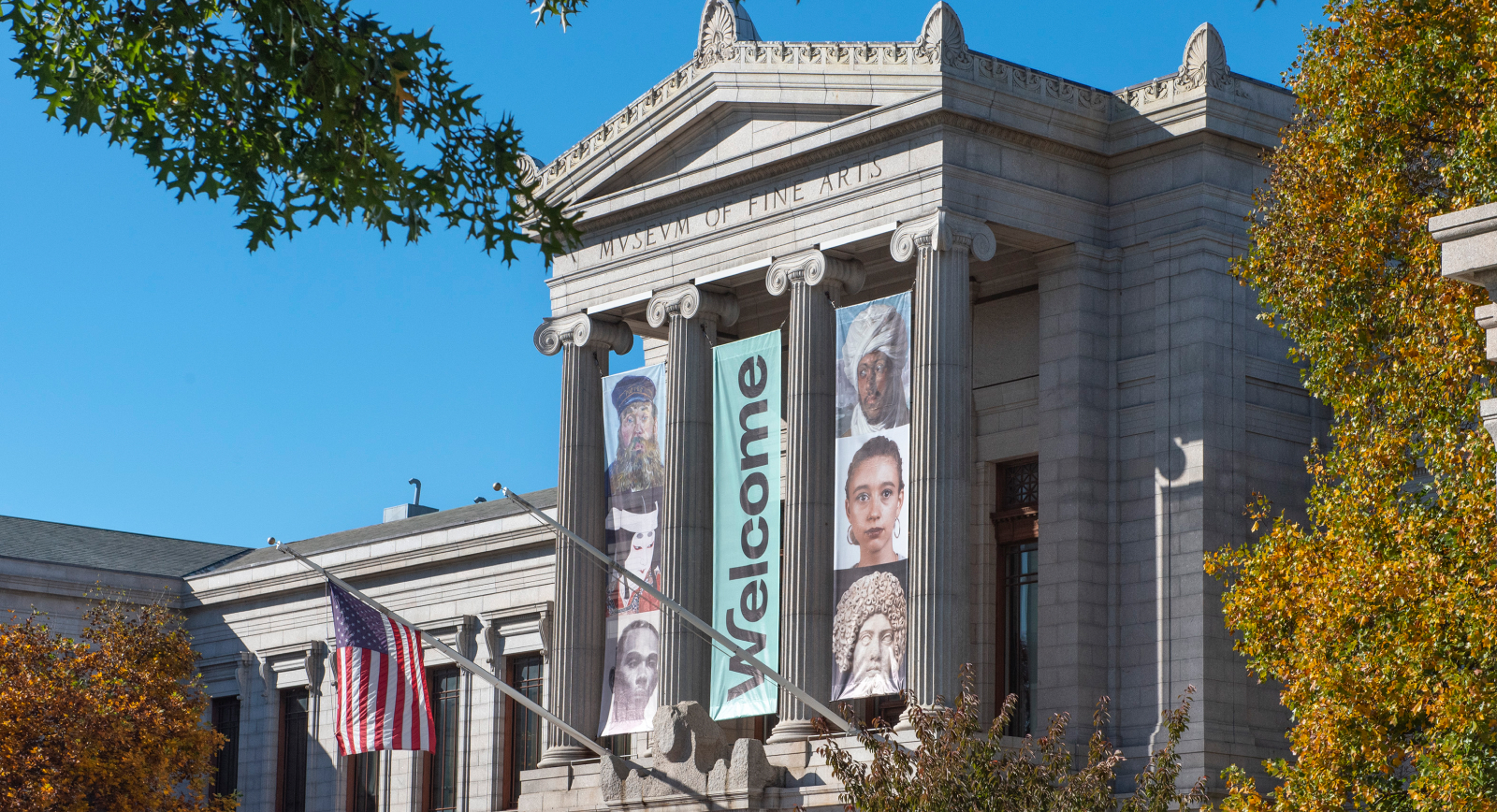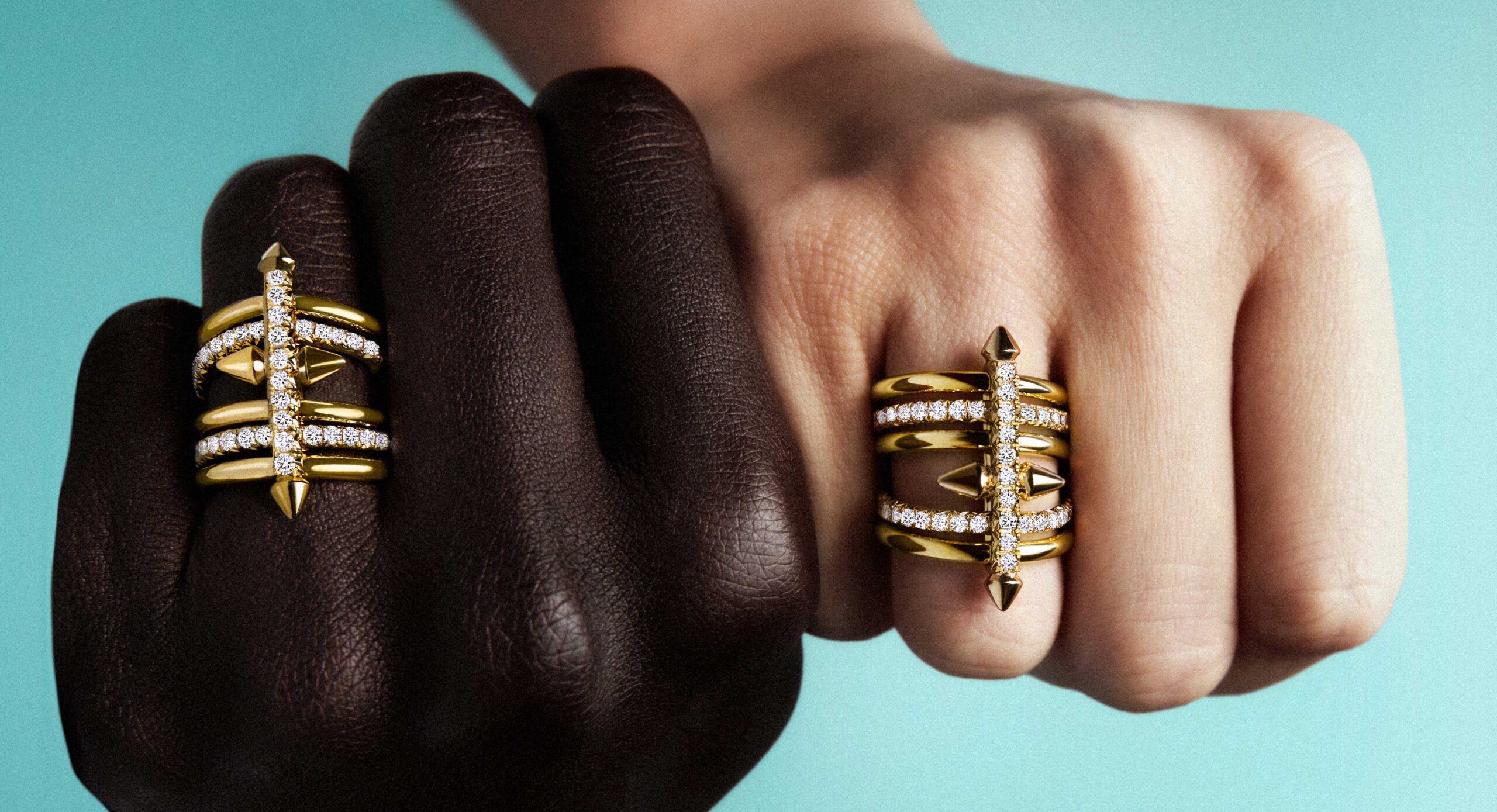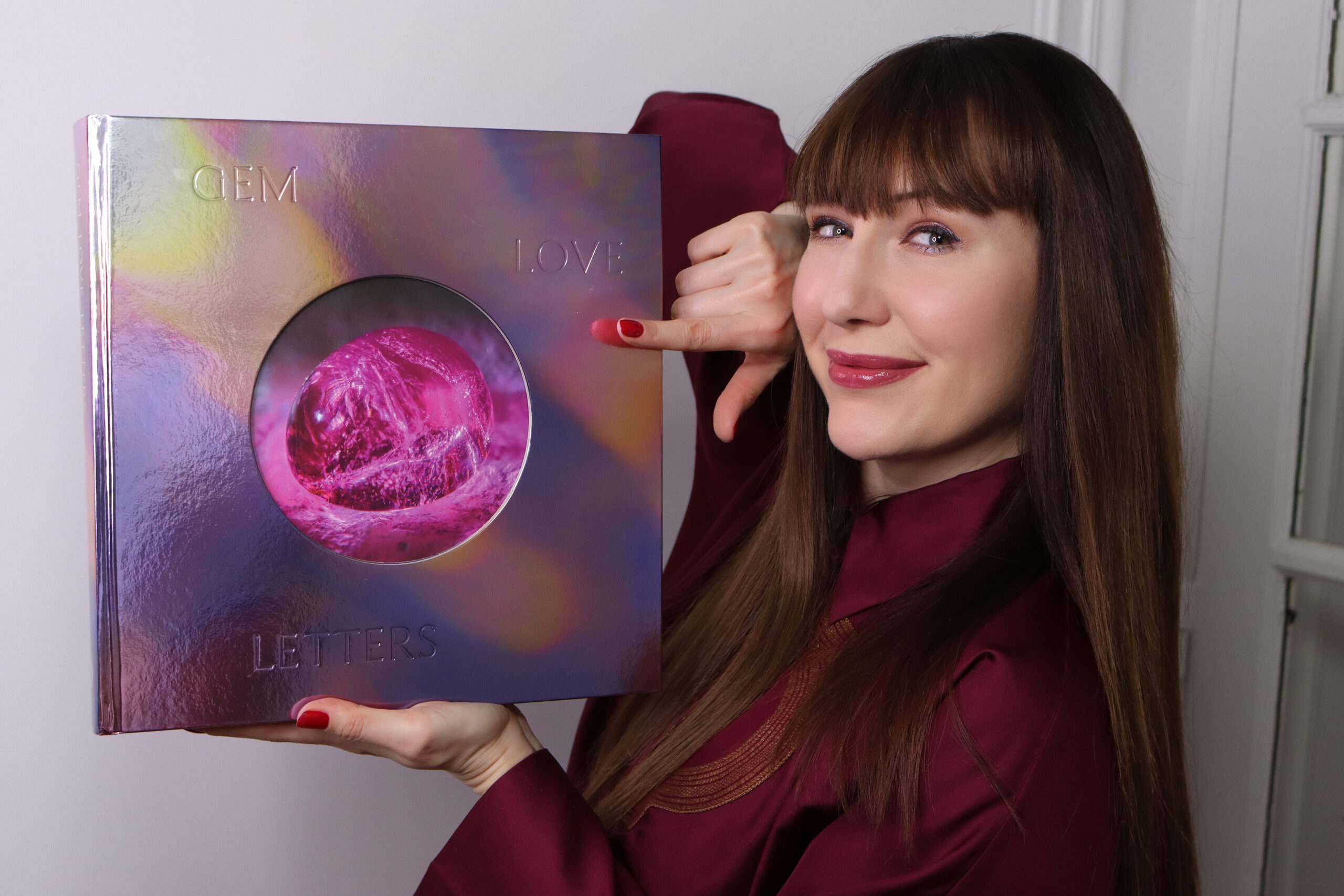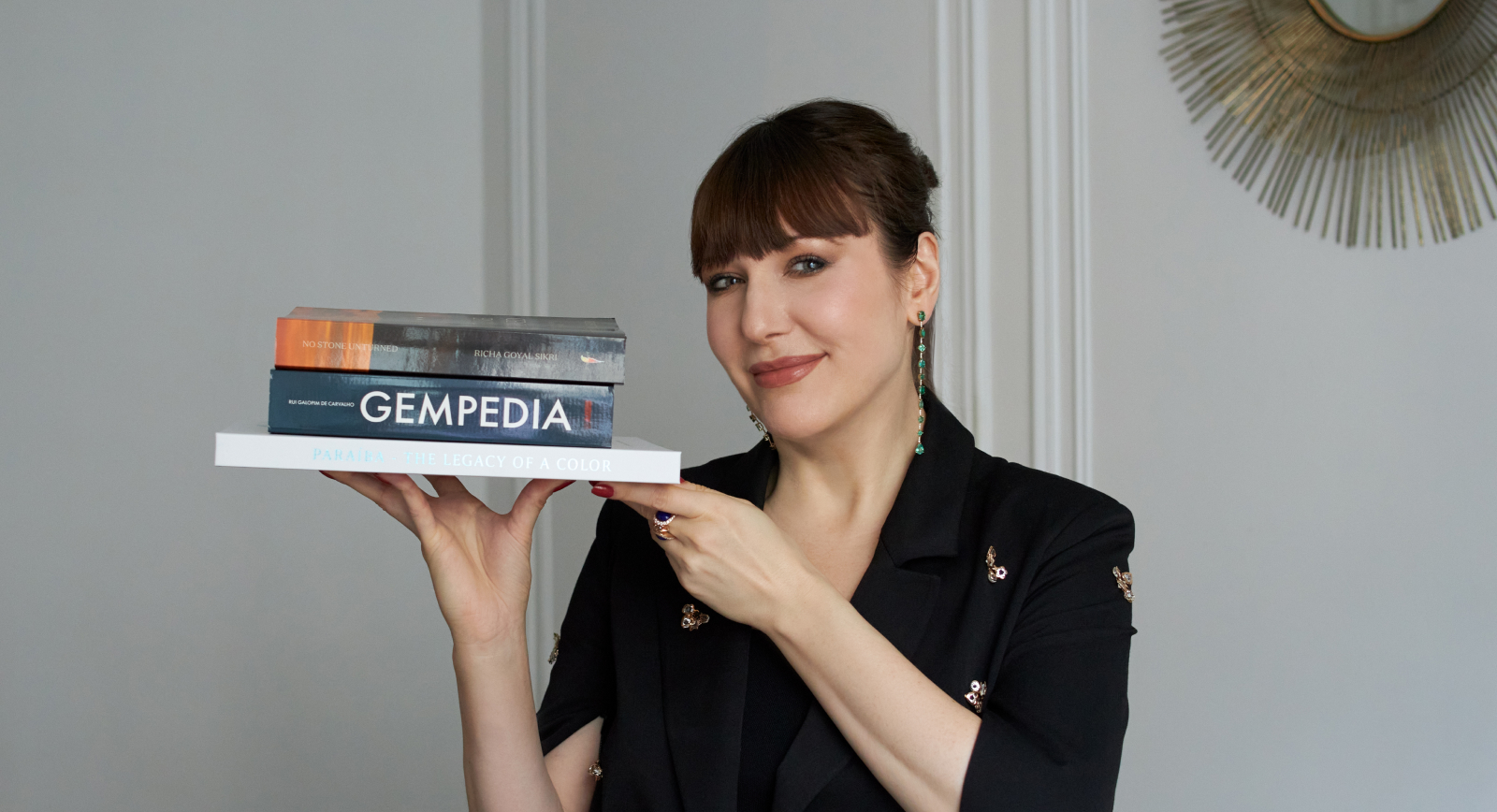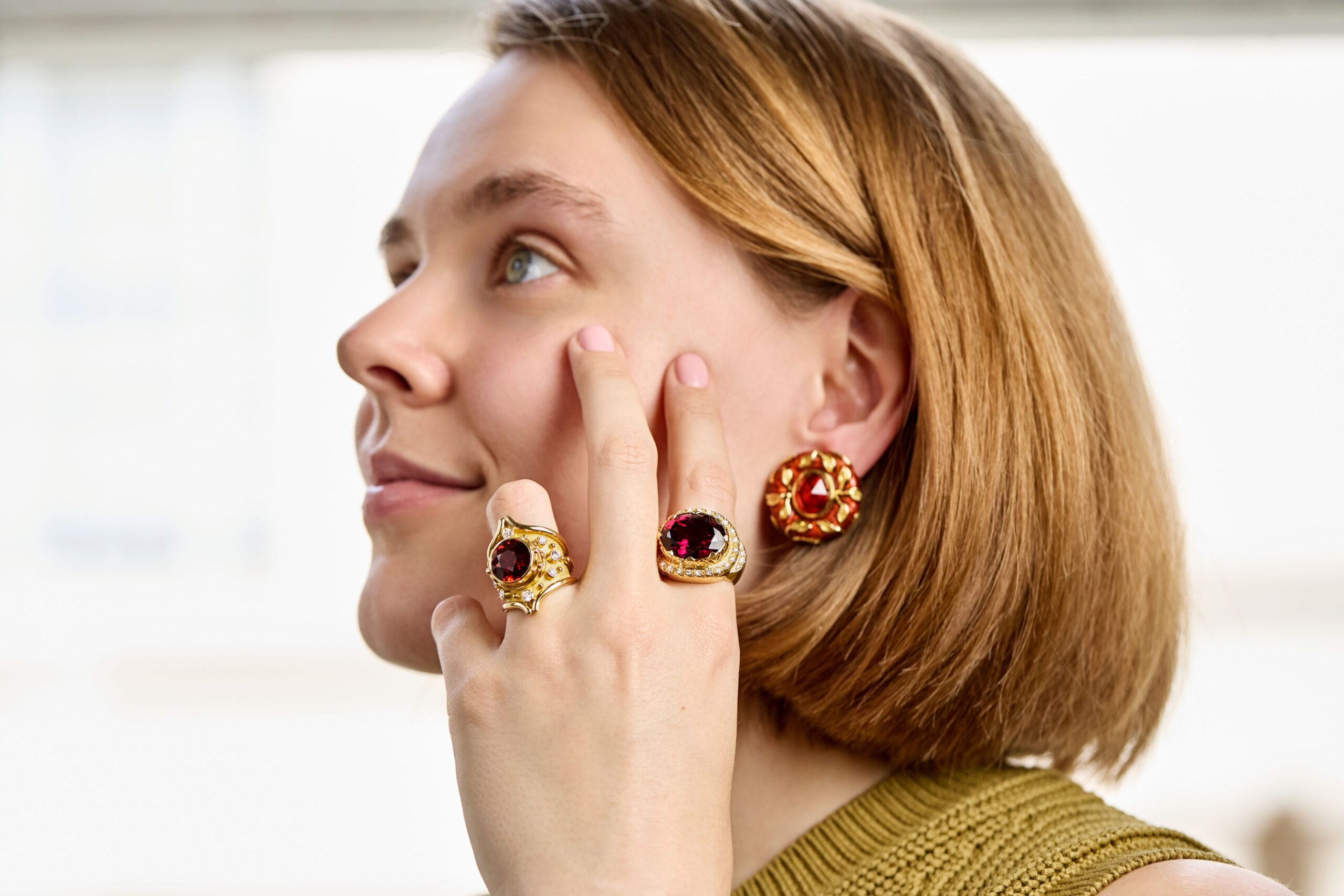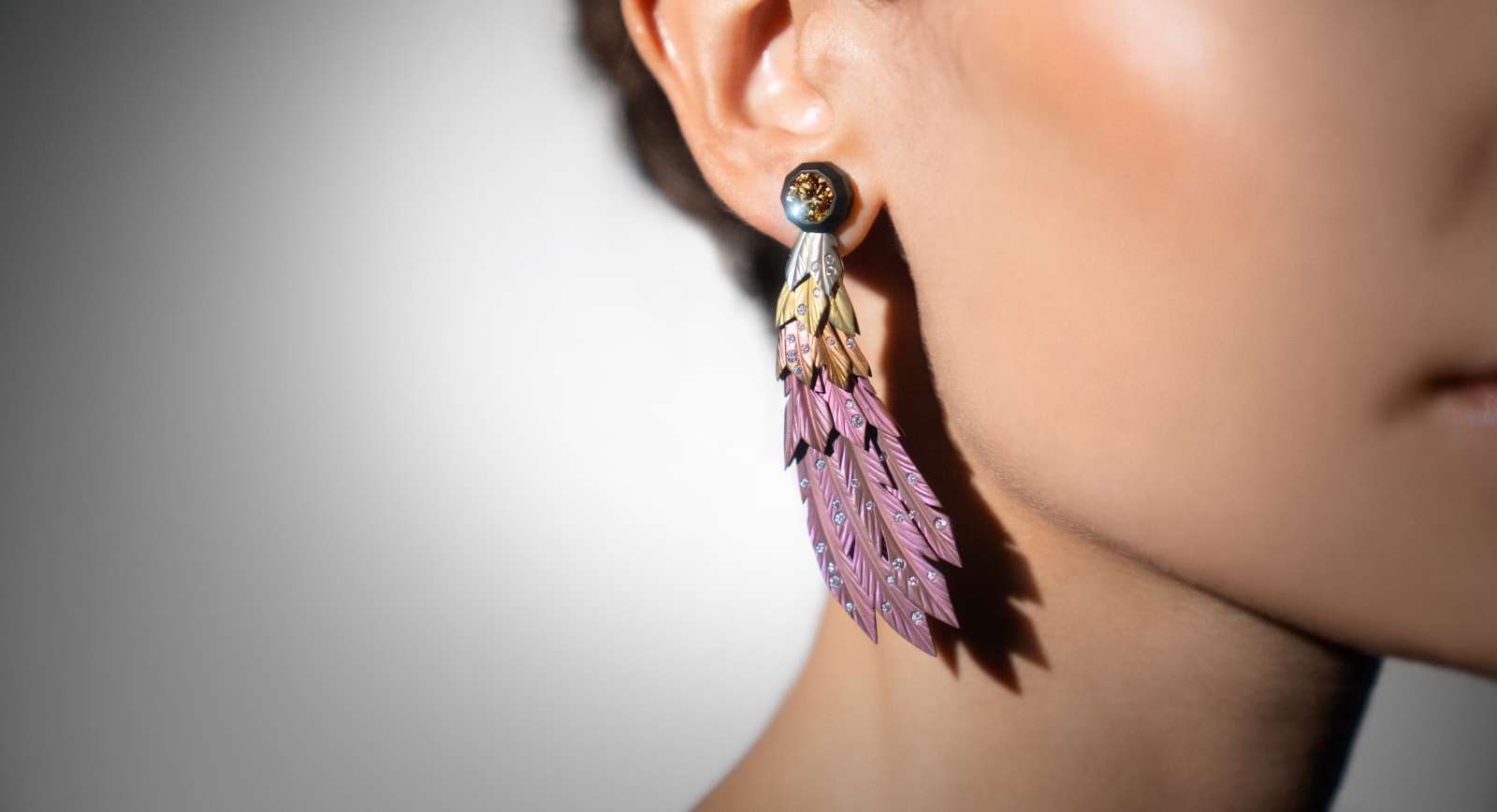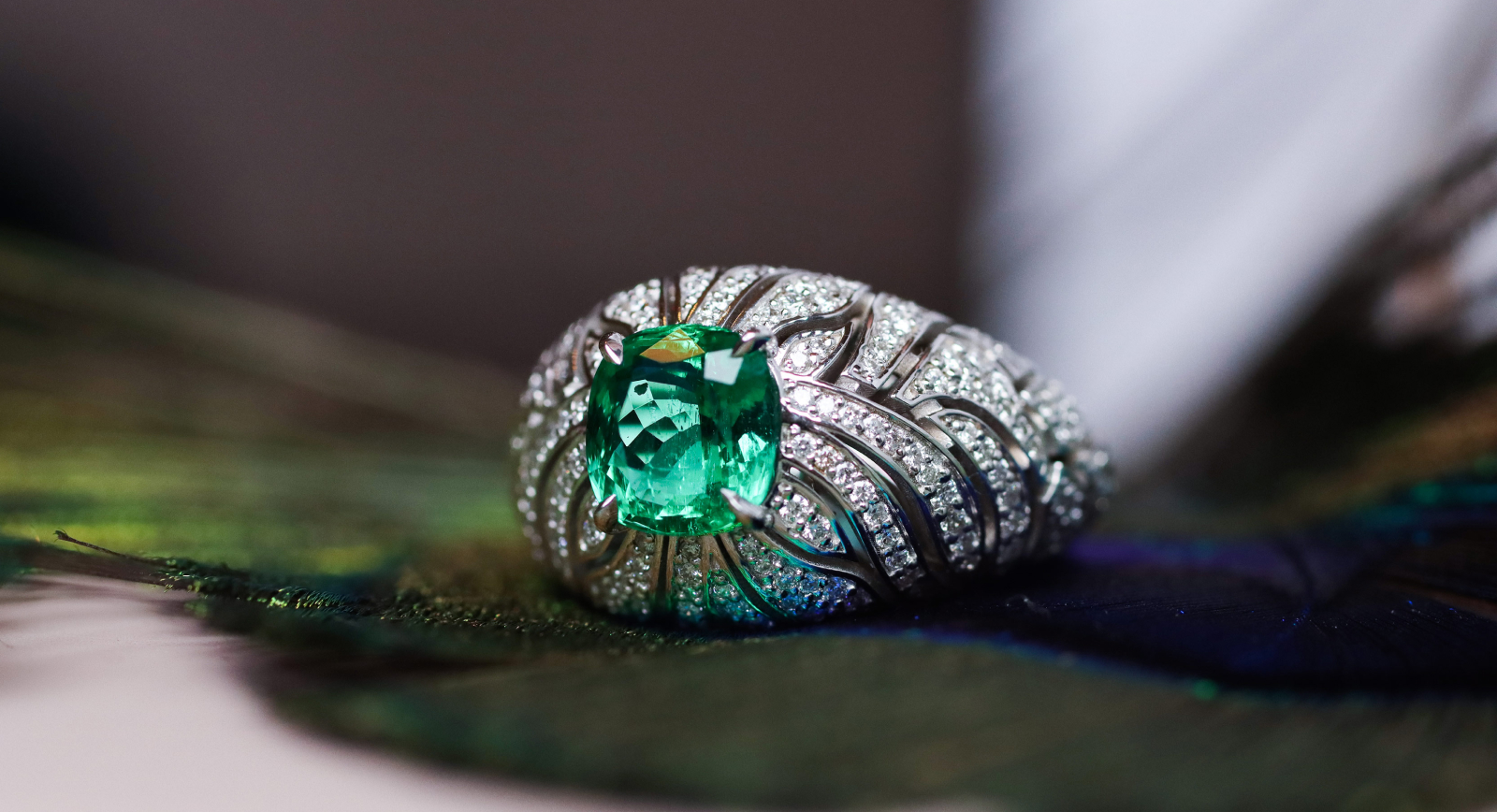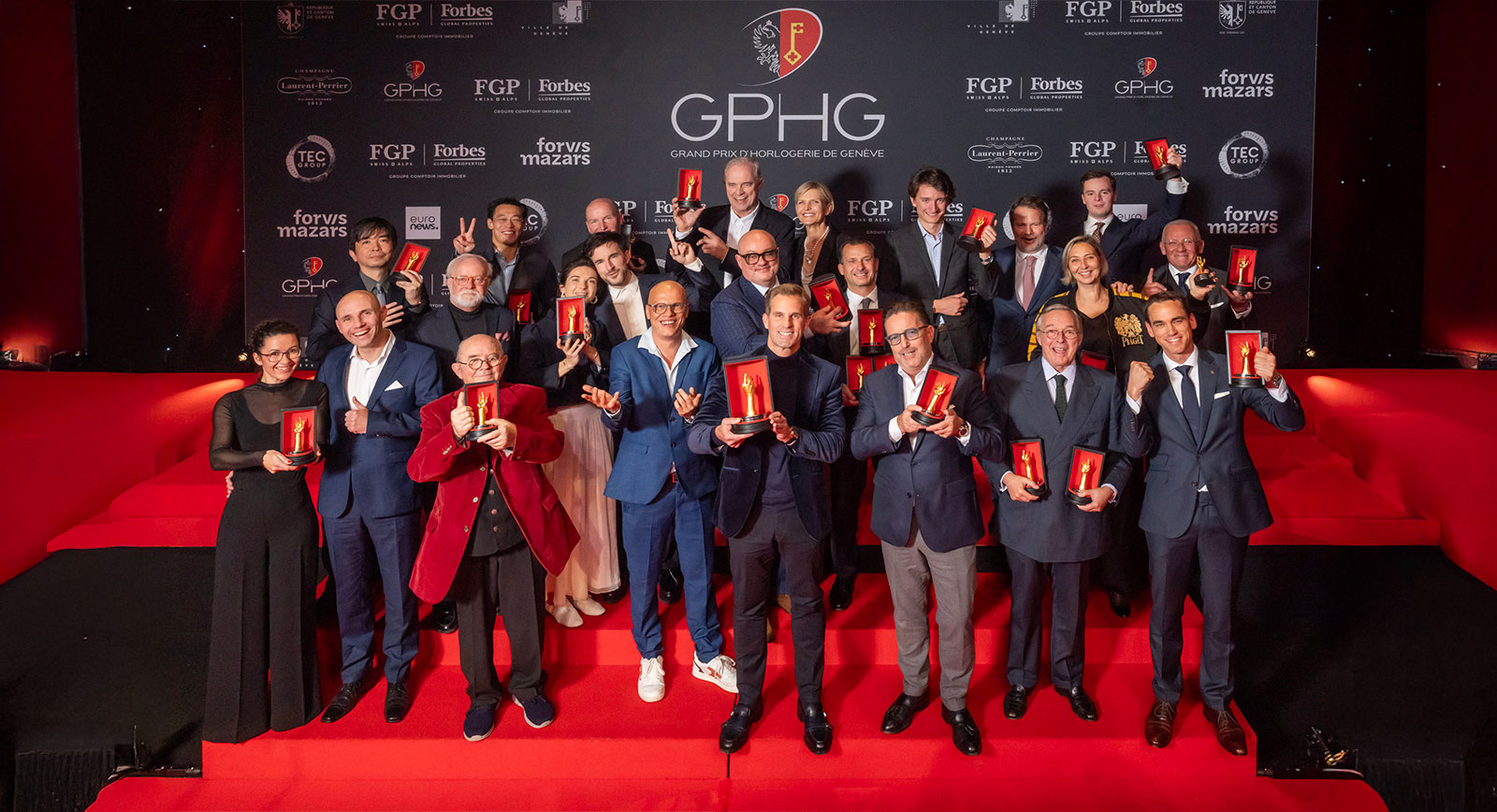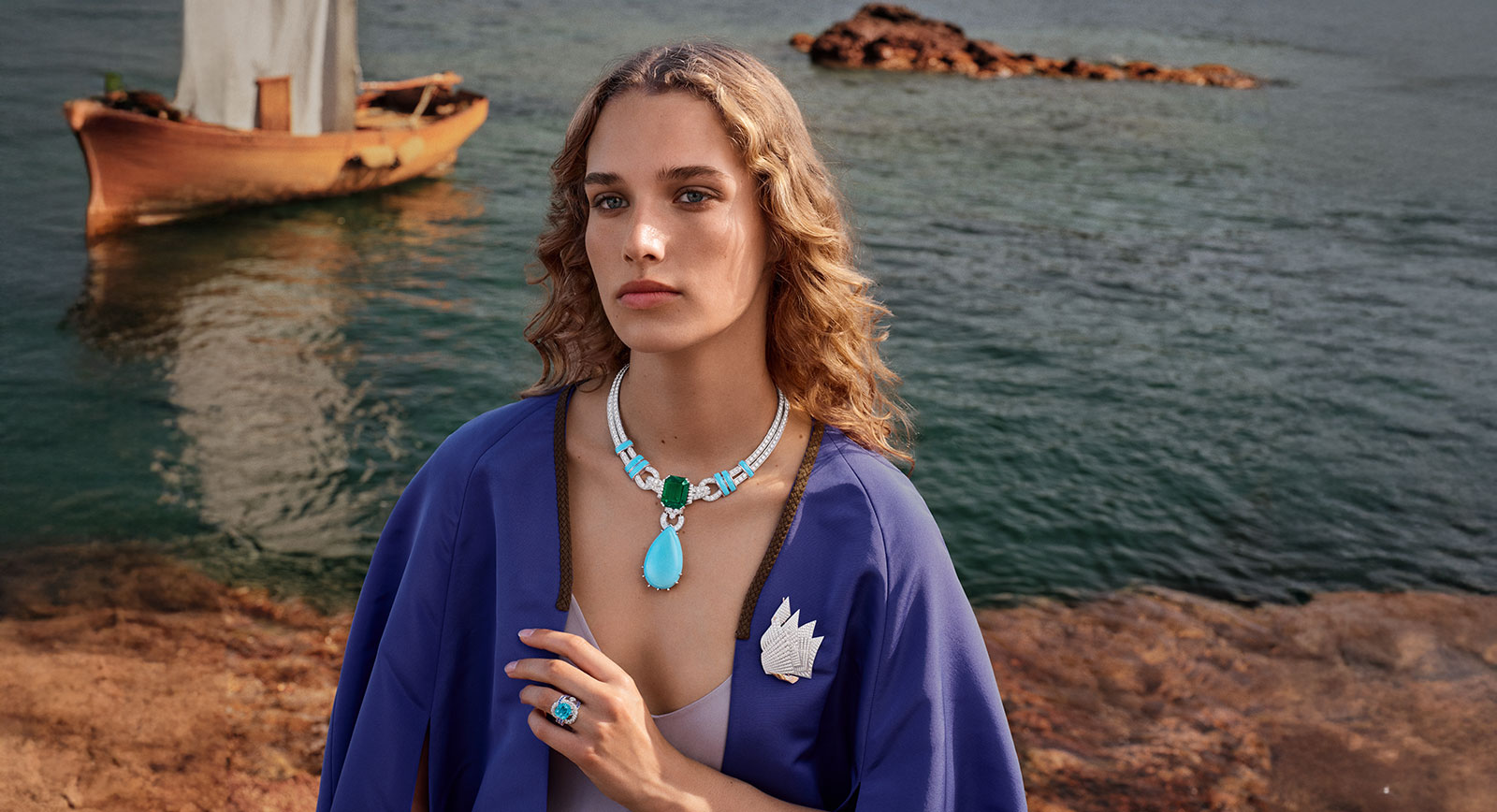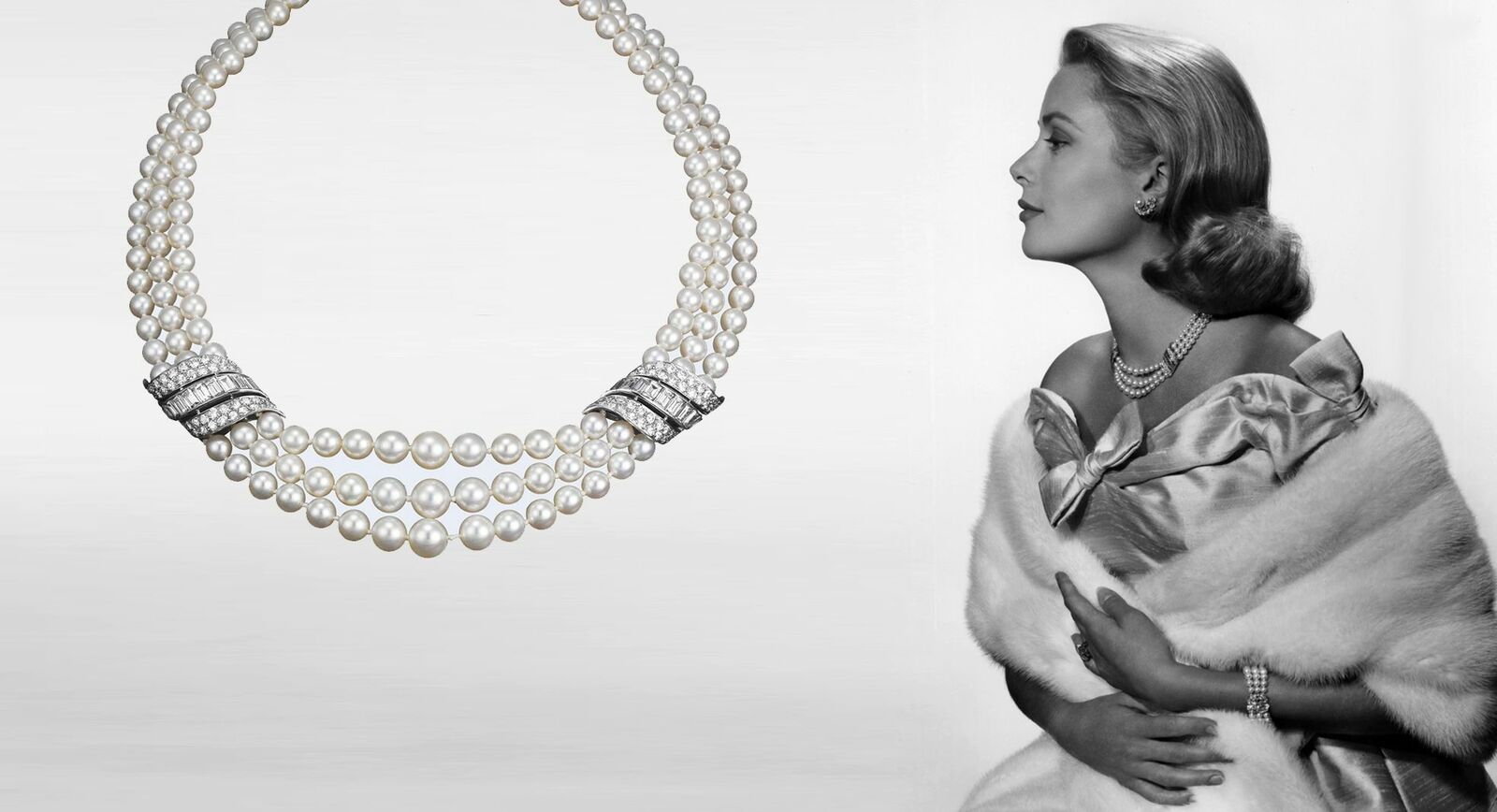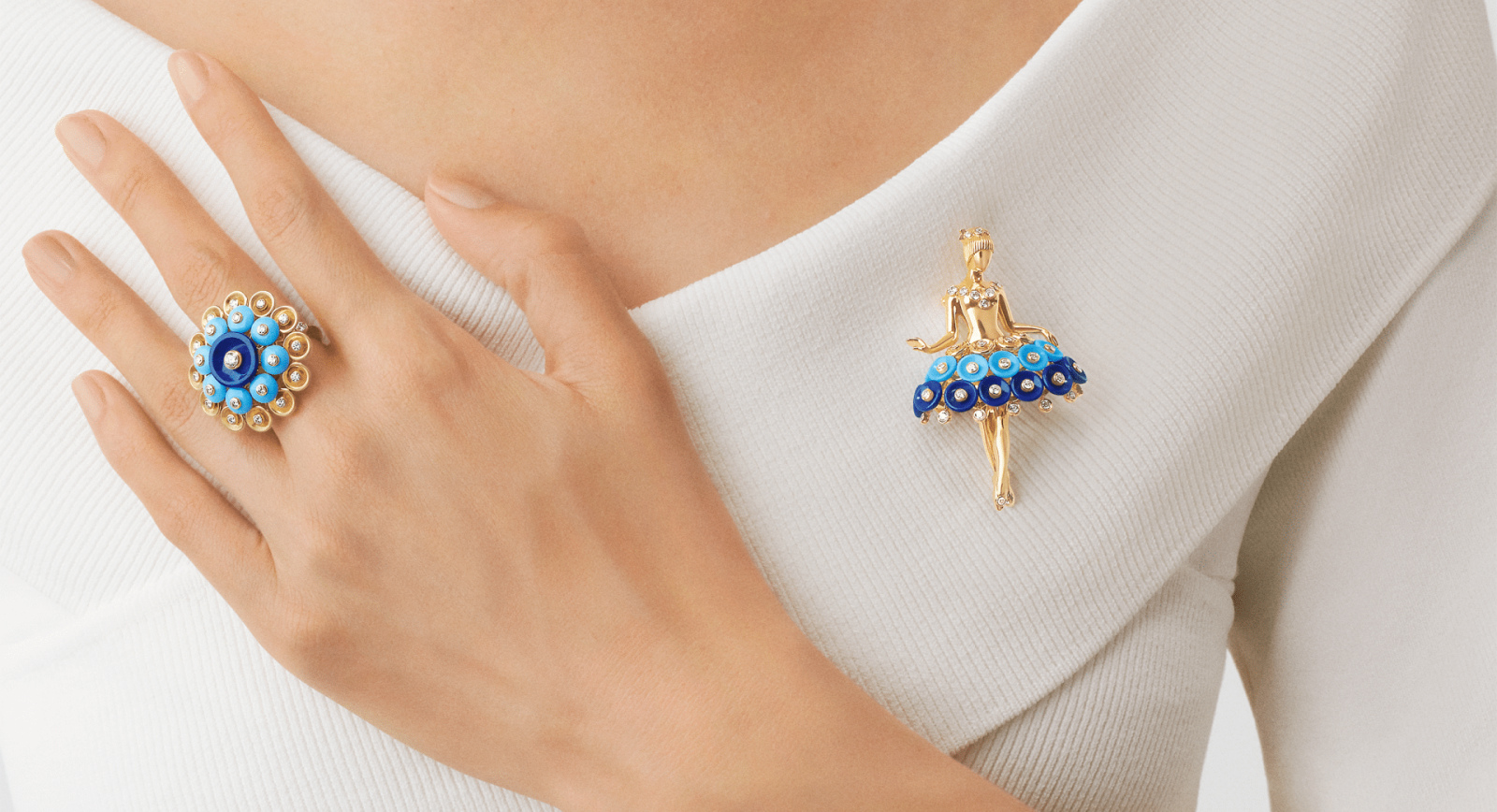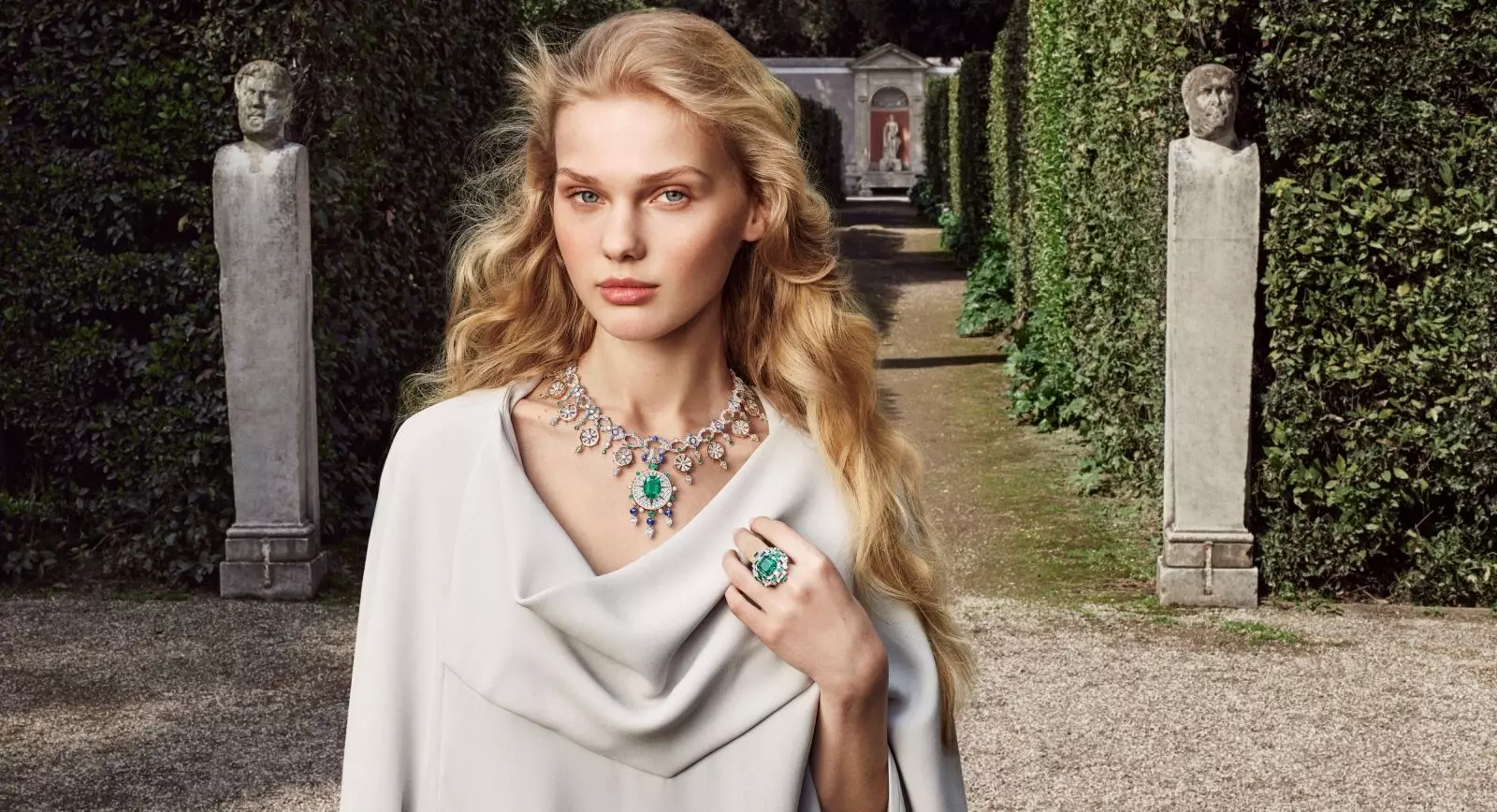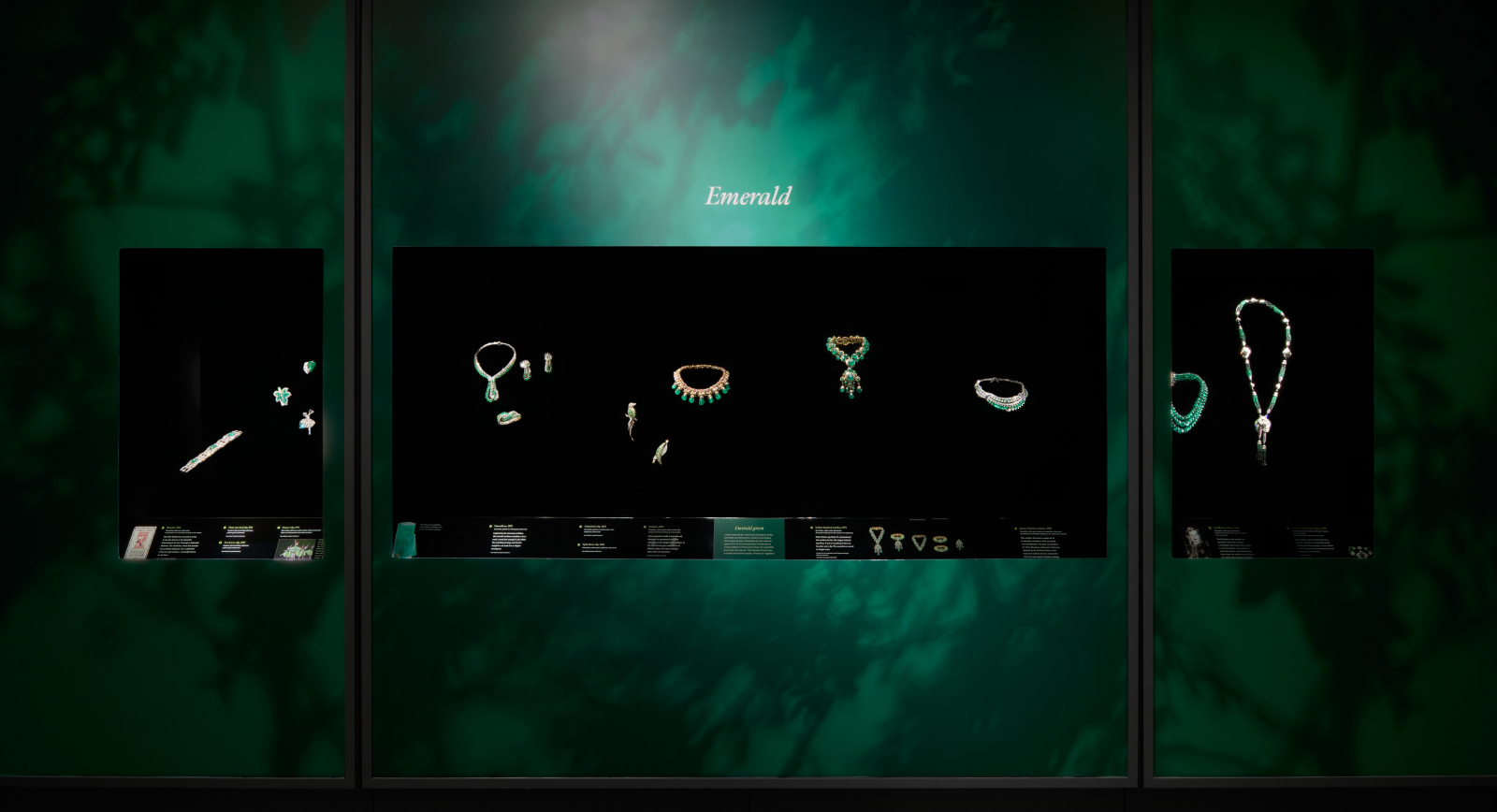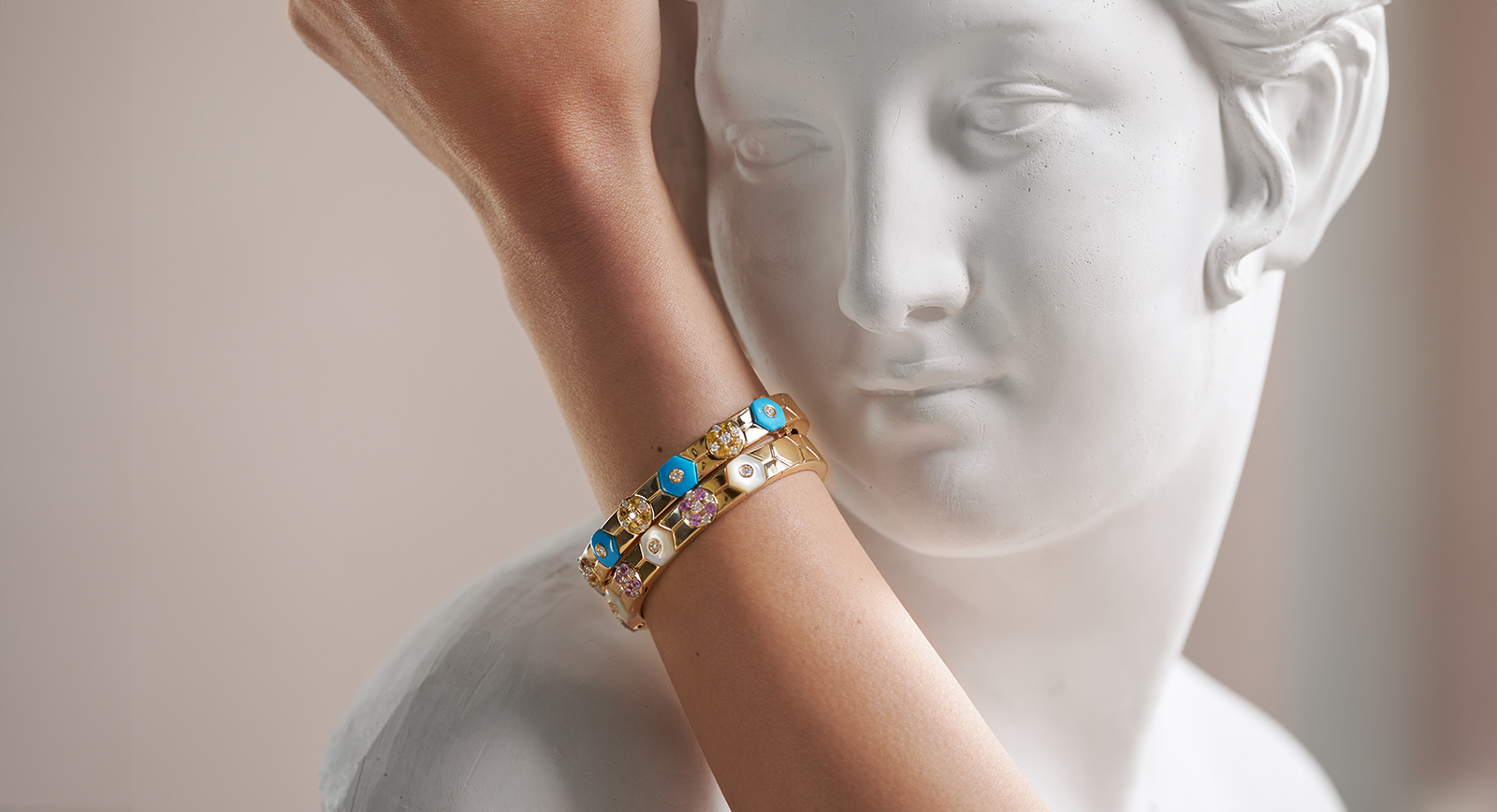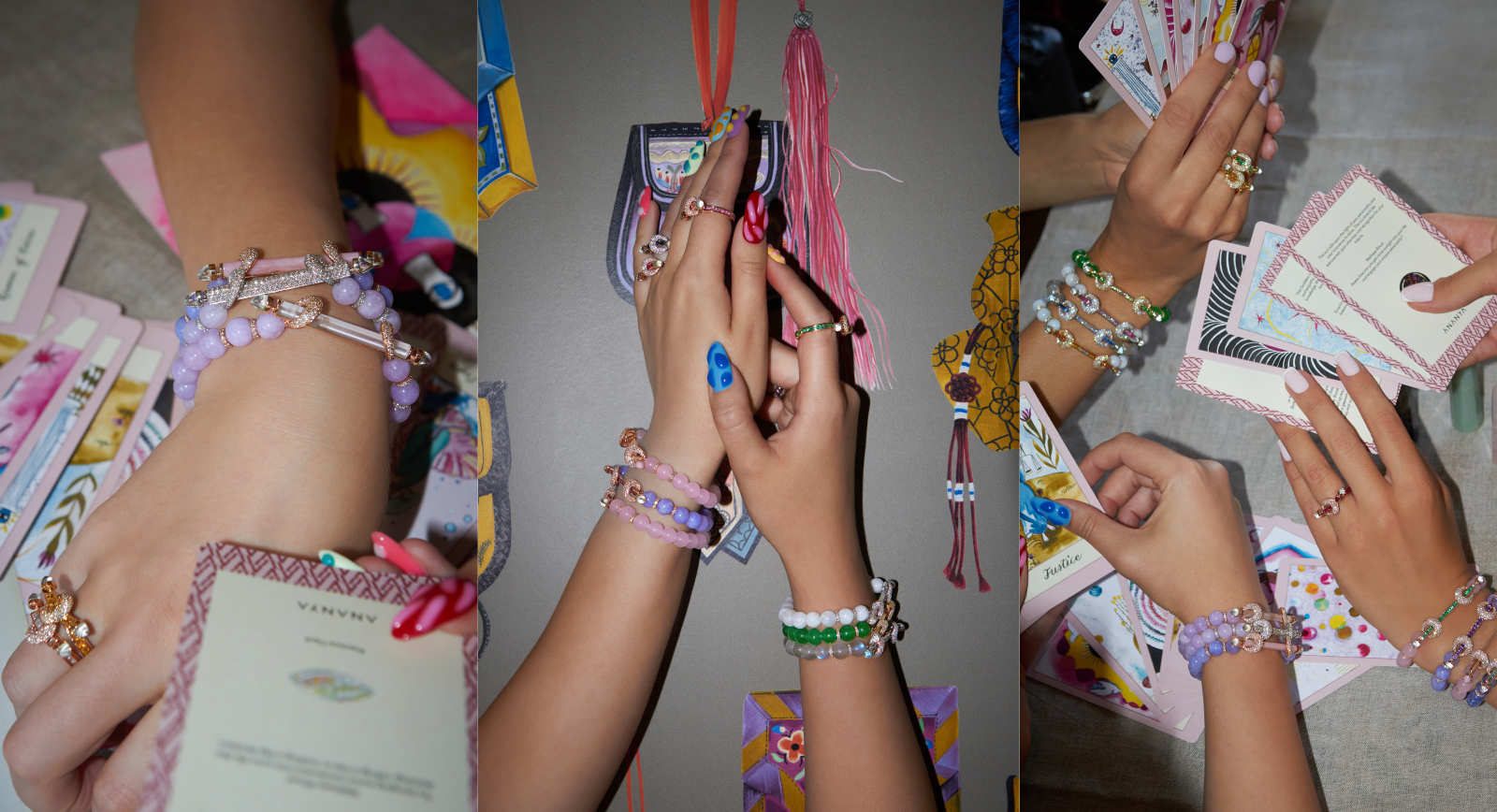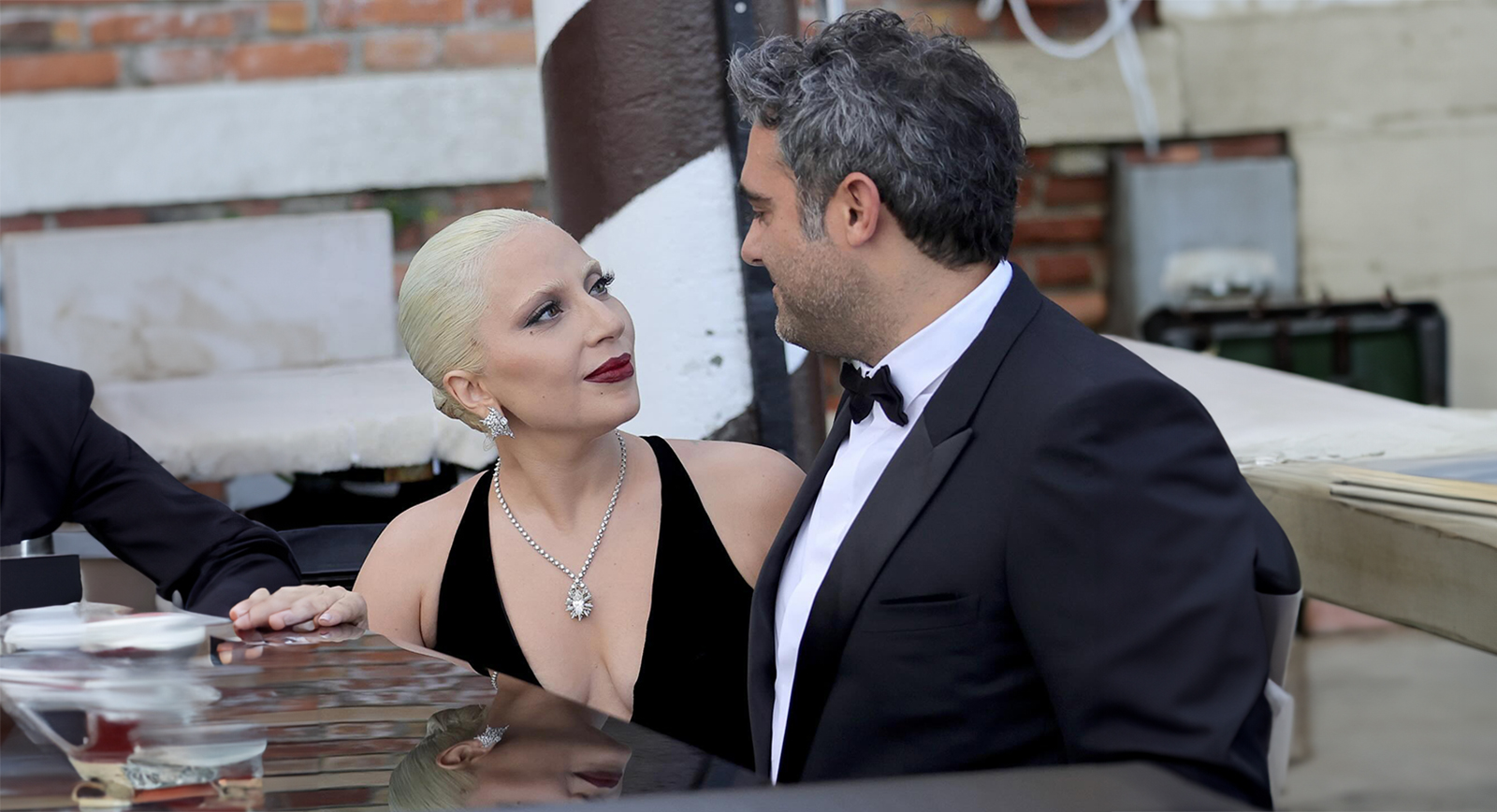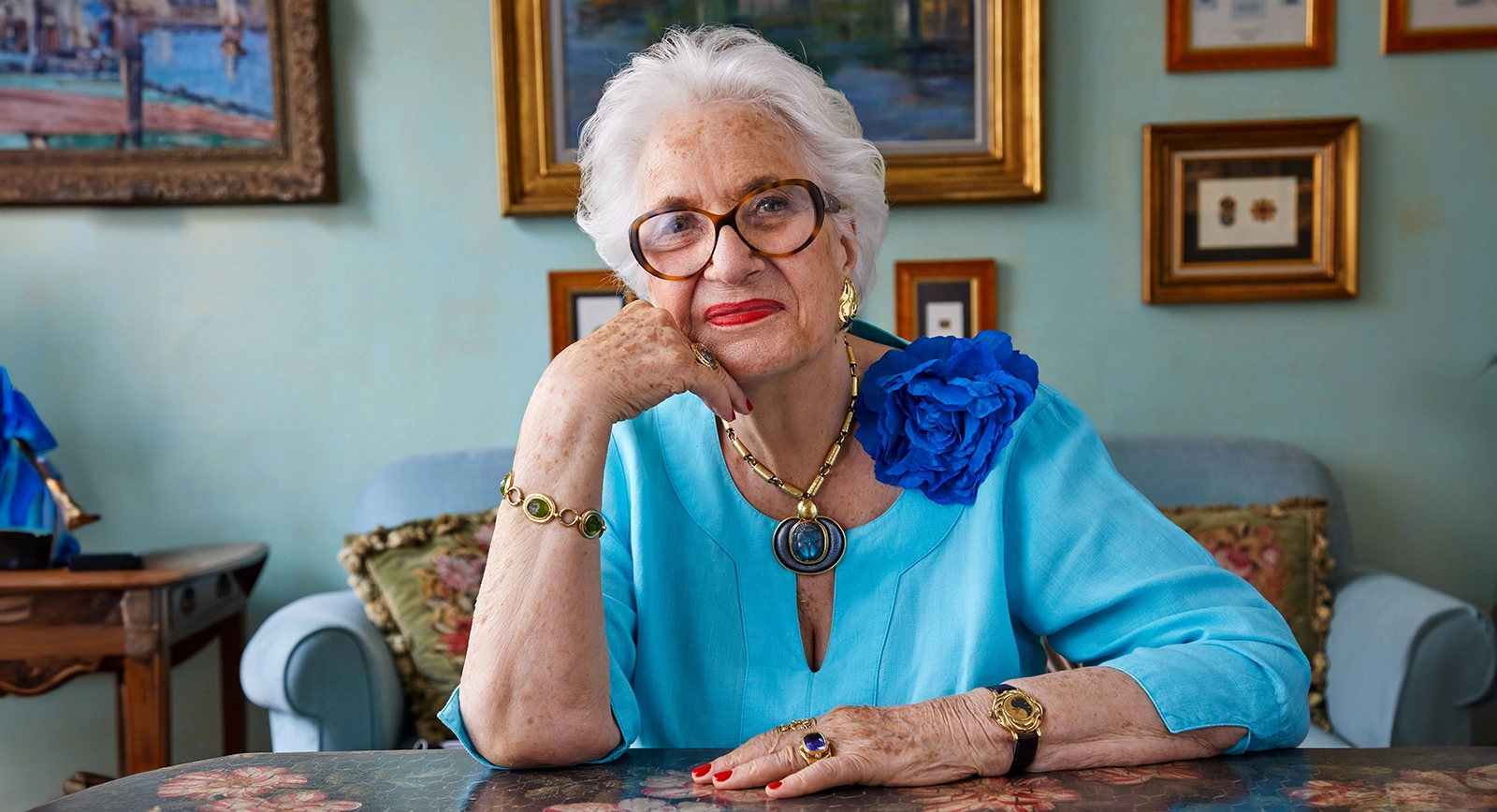
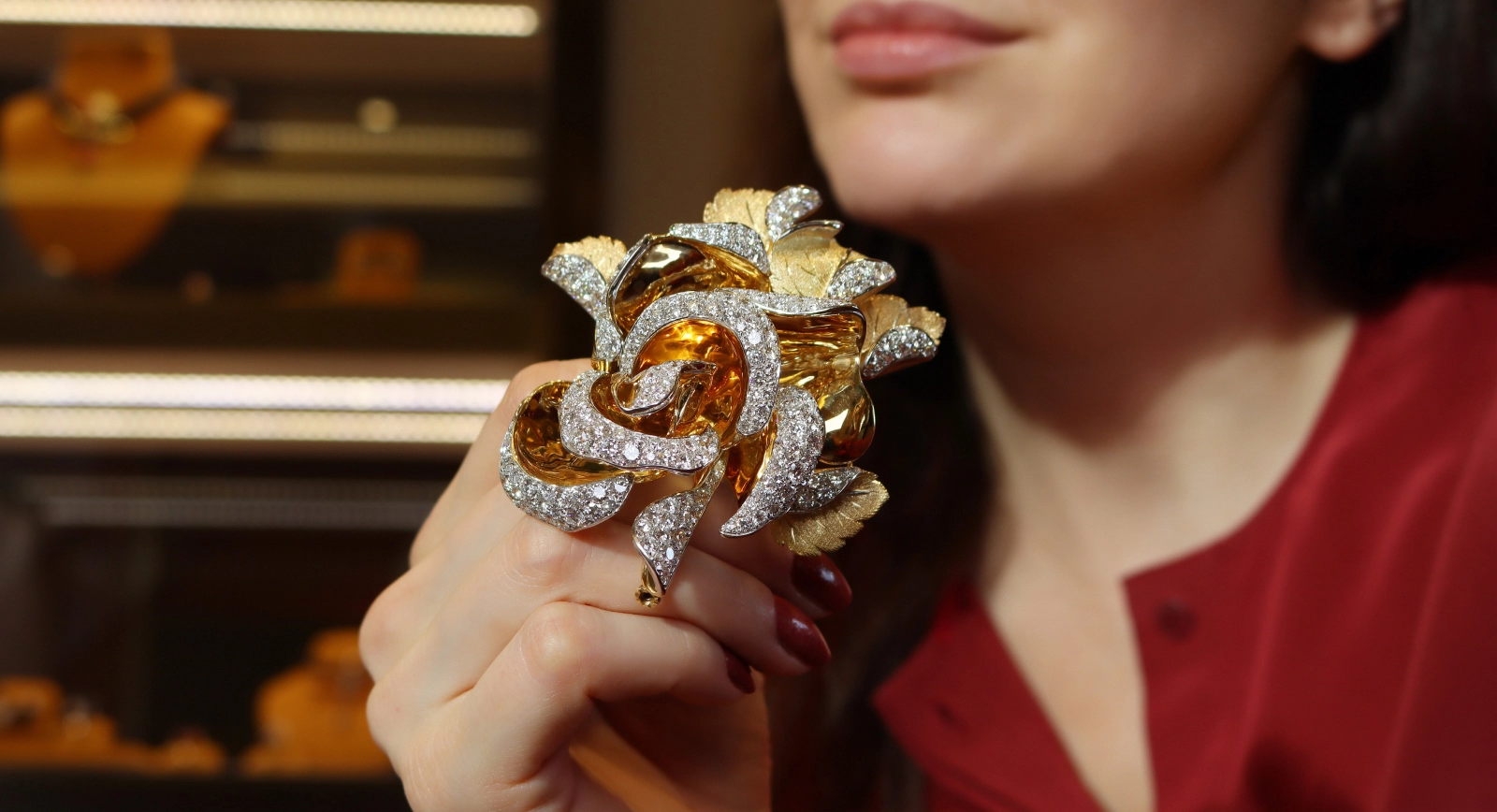
Italian Soul: Fratelli Piccini and the Heart of Florentine Jewellery Craftsmanship
It is not every day that one gets invited to Florence to discover the last true jeweller of the historic Ponte Vecchio bridge, traversing the river Arno beneath. Fratelli Piccini opened its atelier in 1903, specialising in soulful craftsmanship that comes from the heart and hard-working hands. Today, it is led by fourth-generation CEO Elisa Tozzi Piccini, who graciously welcomed me into her family’s treasure trove nestled under the Vasari Corridor. Like a living, breathing time capsule, the Fratelli Piccini story is something I am thrilled to share with you below…
If you have been reading this website for a while, you will know how fond I am of a genuine ‘hidden gem’. When I arrived in Florence to visit Fratelli Piccini, I felt as if I was stepping into a familiar, welcoming place where time passes slower, more methodically, and with a real respect for traditional craftsmanship and artistic values. The business was founded in 1903 by Elisa Tozzi Piccini’s predecessor, Pirro Piccini. Back then, the Ponte Vecchio was a very different place, less touristy but similarly full of character, with people milling about trading precious items and reusing and repurposing gems, all by hand. Today, Fratelli Piccini is the ‘last man standing’, so to speak, with the only operating workshop on the bridge and an absolute commitment to preserving the old ways of jewellery making.
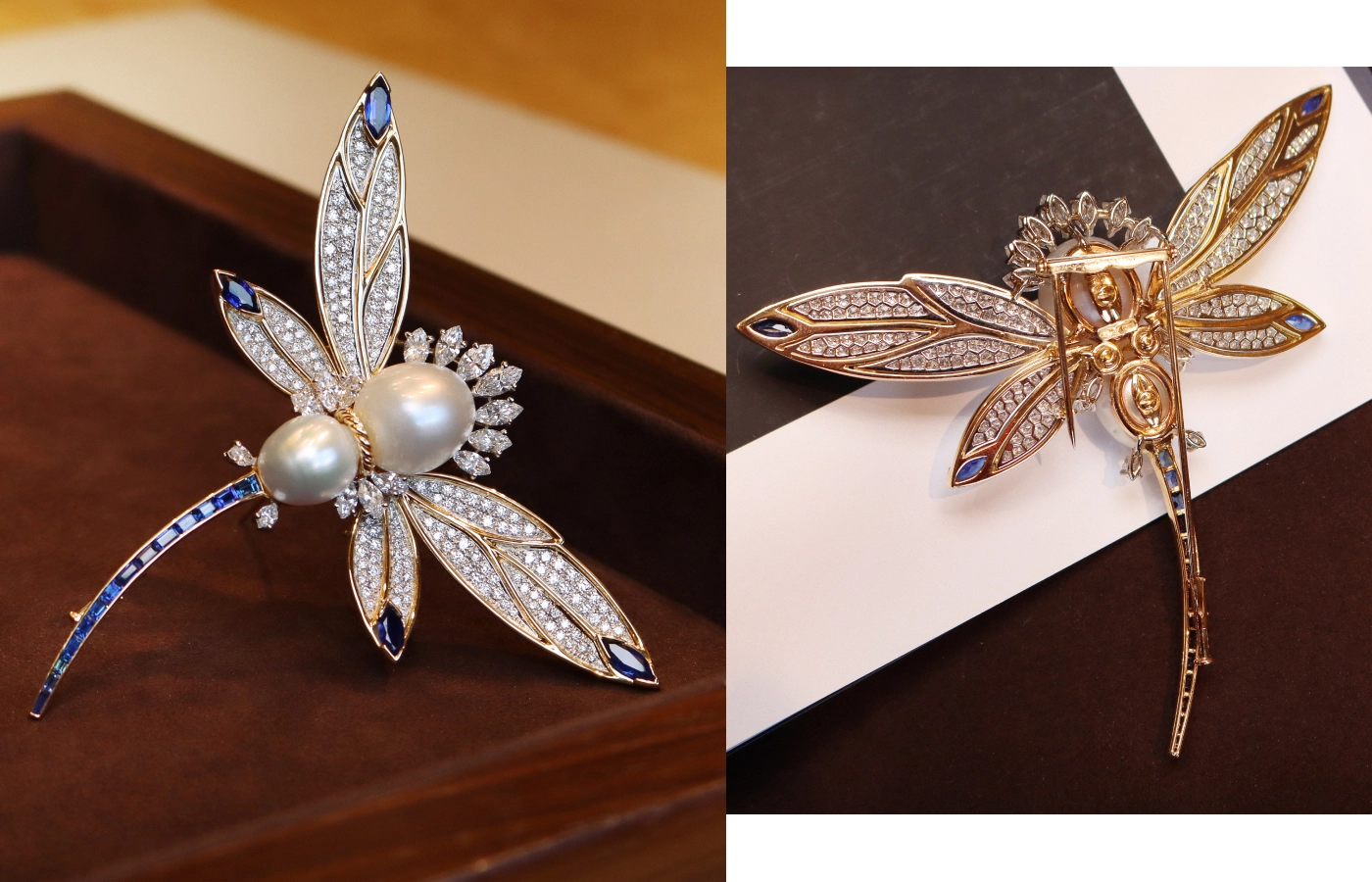
Fratelli Piccini Dragonfly brooch, crafted with intricate front and back detailing, with diamonds, sapphires, and pearls set in 18k yellow gold
Elisa is fiercely protective of this artistic vision, so much so that she refuses to be drawn into 3D technology and computer-aided design techniques. Instead, she nurtures an environment that prioritises uniqueness and the importance of the human touch. Rather than being augmented by computers or AI, every piece of Fratelli Piccini jewellery comes from the mind and soul of the jeweller. As you might imagine, staying true to such deep-rooted principles is harder than you might think in today’s world. During our conversation, Elisa and I spoke about the loosening of the term ‘jeweller’ to encompass retail businesses and brands that don’t necessarily produce pieces themselves. “What has changed a lot is the culture,” she explained to me, adding that people are drawn to dependable, big-name brands without really understanding the nuances or soul of what they’ve purchased. The Fratelli Piccini experience is far more personal.
She continues: “The jeweller was someone you trusted, like a doctor. Nowadays, everybody believes they know everything because you can go online and use Google. But jewellery should be a mutual pleasure.” Here, she is referring to the idea that both parties – the jeweller and the client – should create a relationship so that the act of passing a piece from the bench to a customer’s hands is uplifting. “For me, it’s like having a puppy and needing to give it to someone. You want to be sure that the family that takes the puppy will care for it in the proper way.”
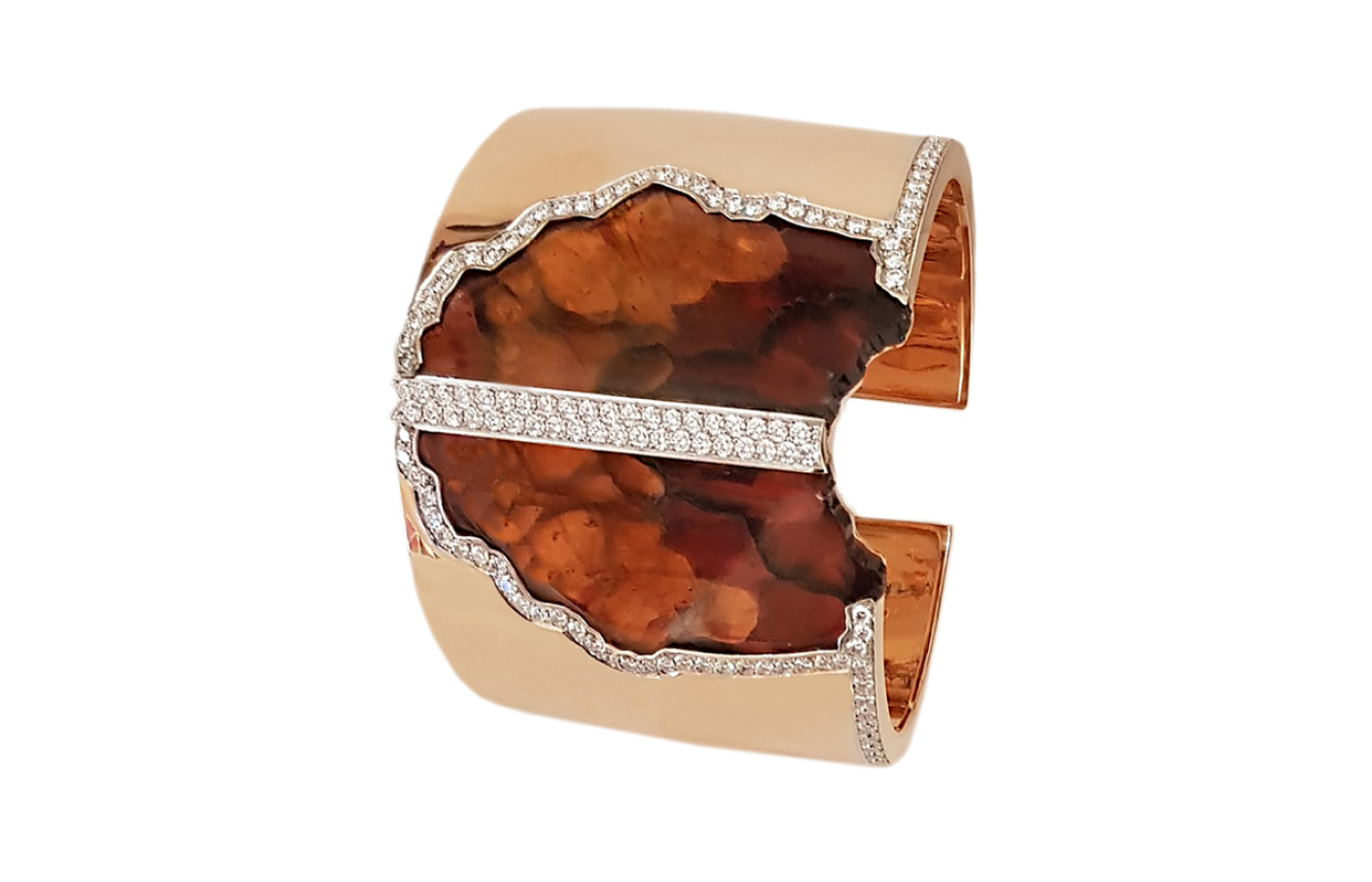
Fratelli Piccini Butterfly gold cuff bracelet with red tourmalines and diamonds in 18k rose gold
There’s a certain warmth and femininity in this way of thinking, which is no bad thing in the often masculine world of jewellery-making. And that’s another thing that sets Fratelli Piccini apart – its female-led team. Alongside Elisa, there is master craftsman Carlotta and production manager Chika, who steer the ship and produce unique pieces of fine and high jewellery. I was presented with many examples during my visit, including some colourful seahorse-inspired pieces that were created to toast the brand’s anniversary, beautiful golden roses encrusted with diamonds, and dragonfly brooches with large creamy pearls and blue sapphires.
The atelier is split into three levels, including a boutique on the ground floor, a heritage area on the second floor filled with antiques, archival drawings and inspiring artefacts, and a workshop at the top, which looks out across the Arno River. I spent a considerable amount of time on the upper floor, speaking with Carlotta and Chika about various techniques, goldsmithing, engraving, enamelling, and wax carving. They are both committed to Elisa’s vision, which is to spotlight the role of the artisan and elevate a job that “doesn’t exist anymore” across the world. But that’s not to say the company isn’t embracing newer materials, like aluminium, which gives an ergonomic lightness to pieces.
“It’s like couture,” Elisa says. “Just like in fashion, most things are industrialised now, but there are still some places where a tailor still exists.” This evidence of bejewelled tailoring is best seen in the One-of-a-Kind collection, which contains pieces that started with a sketch and passed into the hands of goldsmiths, enamellers, engravers, threaders and so on, requiring weeks if not months of complex craftsmanship. I was also drawn to the classical pieces in the Piccini One collection, which draw inspiration from Armando Piccini (Elisa’s great uncle) who was producing pieces in the family atelier in the 1940s and 50s. My favourite was the Cleopatra necklace, crafted in 18k yellow gold, featuring strands of hand-woven onyx grains, a chiselled gold profile of Cleopatra with nine carats of carved coral and two carats of diamonds.

Fratelli Piccini Cleopatra necklace featuring strands of hand-woven onyx grains, a chiselled gold profile of Cleopatra with nine carats of carved coral and two carats of diamonds, crafted in 18k yellow gold
Although many of these creations will be inaccessible to all but a lucky few, Fratelli Piccini doesn’t discriminate when it comes to sharing its art with the world. Elisa looks for clients who set the arrogance of money aside and demonstrate a polite inquisitiveness and fascination with the proportions, colours and feelings that contribute towards a handmade piece. The workmanship is exactly the same, whether it costs €1,000 or €1,000,000, she says of Fratelli Piccini’s bespoke output.
Every aspect of this visit to Florence reiterated that handmade craftsmanship is something to be treasured and supported to avoid being lost forever. Florentine and Italian artisans, more generally, have inherited such rich traditions it would be a crime to lose them. This is exactly the reason why Fratelli Piccini presents the Armando Piccini Award to a young artisan every two years – to preserve a legacy that is on the brink of extinction. It is especially fitting that Armando was also a young award winner, securing accolades at the Venice Biennale when he was just 23 years old!
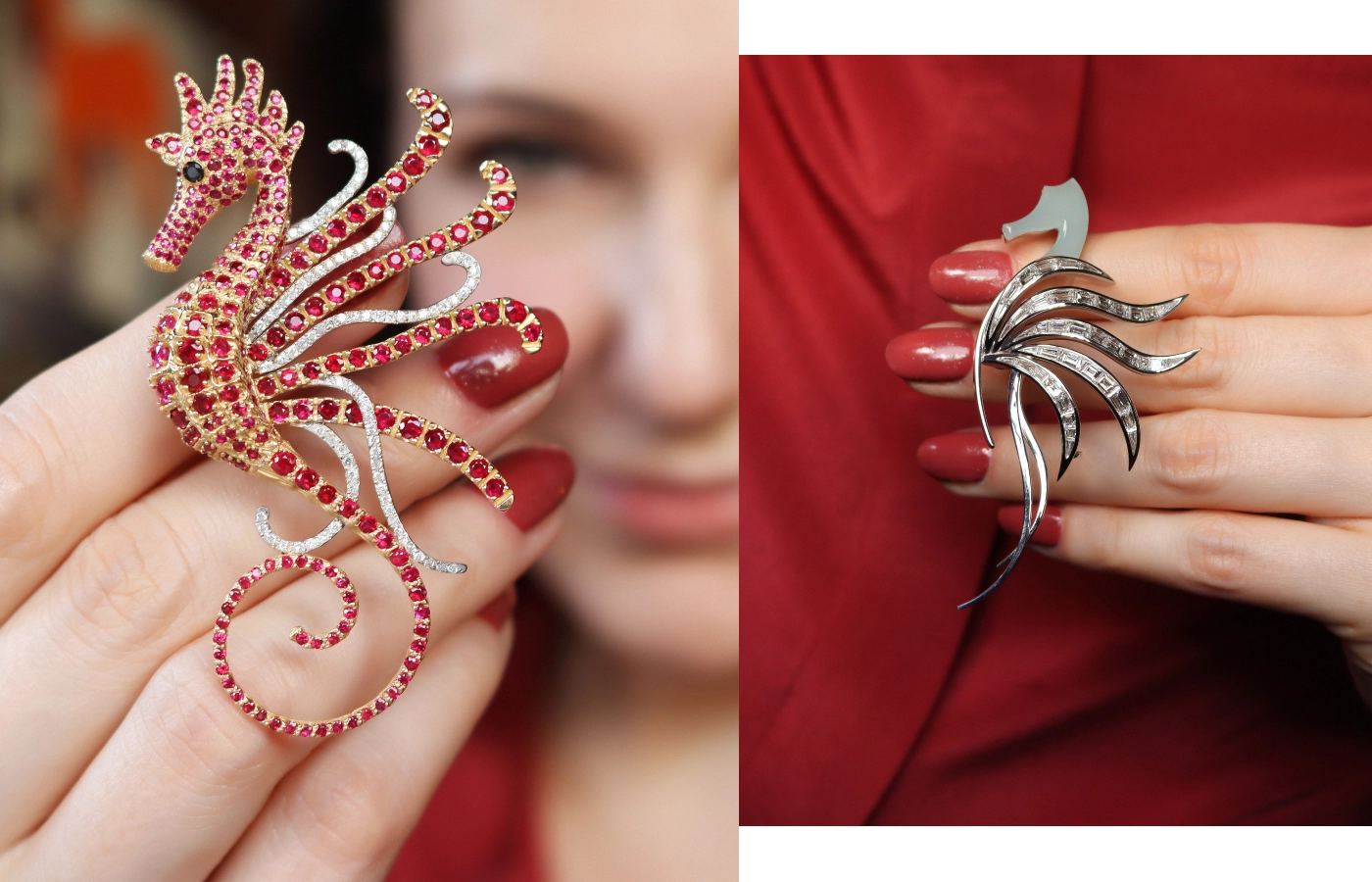
Katerina Perez holds Fratelli Piccini Seahorse brooches: Magda (left), featuring rubies and diamonds, and Charles (right), with milky aquamarine and diamonds in 18k yellow and white gold, respectively
I hope I have inspired you to visit Florence and immerse yourself in something far different from the norm. This eschewing of modern technology isn’t simply a creative choice but a spiritual one. There’s something about crossing the Ponte Vecchio that makes the idea of mouse clicks seem not just out of place but entirely unnecessary! If you wish to discover the Fratelli Piccini aesthetic for yourself, there are two events to consider. The first is taking place in London on October 22 and 23 at the Giorgetti Showroom on Fulham Road, and the second in Paris on November 5 and 6, always with Giorgetti, at its showroom on Rue de l’Abbaye. This “Crafting Italian Excellence” collaboration brings together two ultra-centennial companies that jointly celebrate the highest Italian artistic traditions and represent the best of ‘Made in Italy’ excellence. Trust me when I say that you will discover something to inspire you.

WORDS
Katerina Perez With more than 12 years’ experience in the jewellery sector, Katerina Perez’s expert knowledge spans everything from retail sales and management to content creation, including brand building, jewellery writing and styling. Born and raised in St Petersburg, Katerina’s favourite hobby as a child was playing with the treasures in her grandmother's jewellery box, inspiring a lifelong love of jewellery from a very early age. She spent five years in St Petersburg University of Culture and Arts studying not journalism but business studies and languages, and her writing skills have developed as her passion for her favourite subject – jewellery – has grown. This is why her writing comes straight from the heart rather than the pages of a book. Daughter of an entrepreneur mother, Katerina exchanged her retail management job for jewellery writing in 2013 and hasn’t looked back since.
Related Articles
Designer Gifts: The Latest Men’s Jewellery for the Label Lover in Your Life
2024 has been the year that men's jewellery really got into its stride, shedding its traditional image, embracing innovation, and emerging as a bold and brilliant category in its own right.
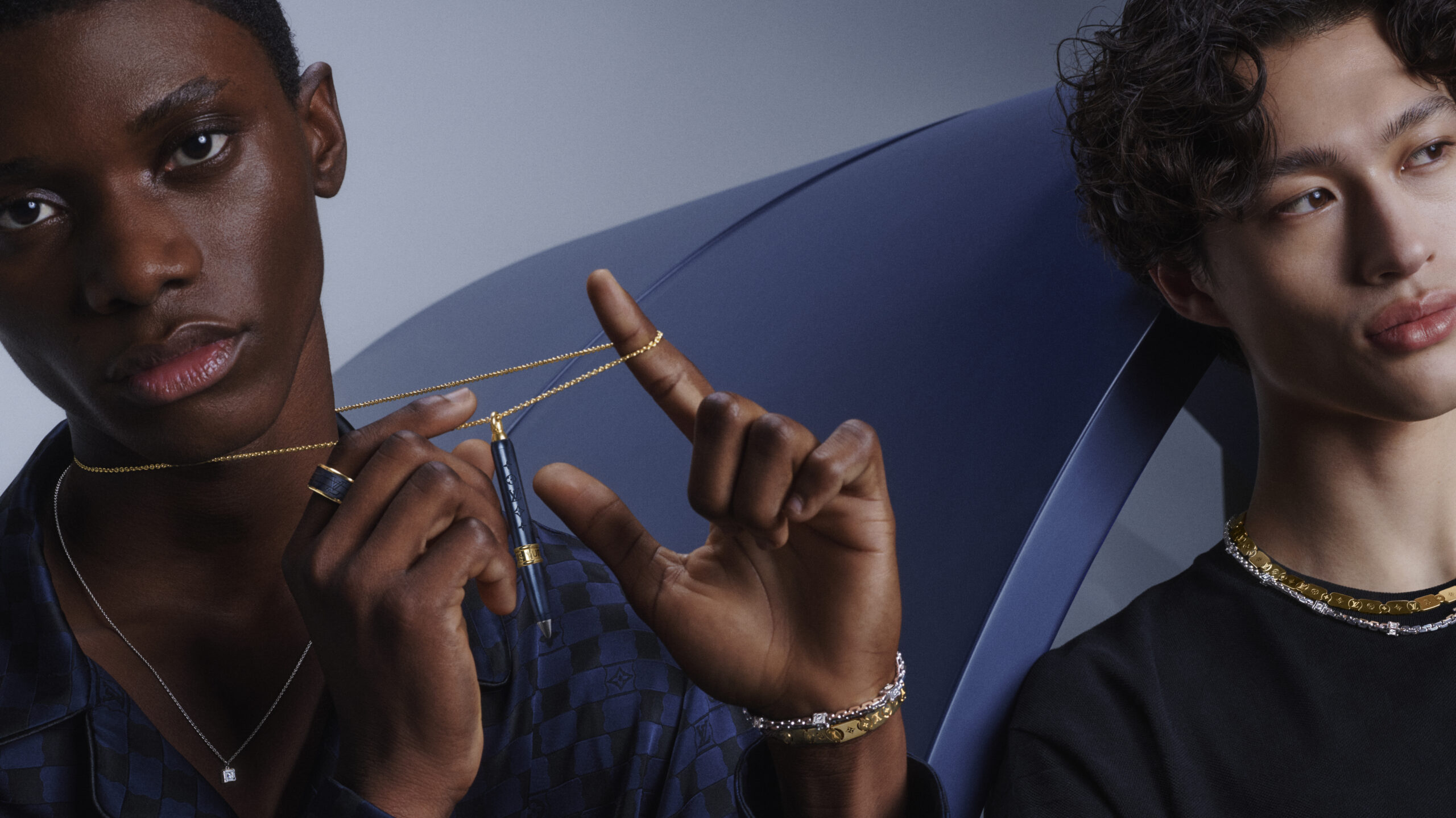
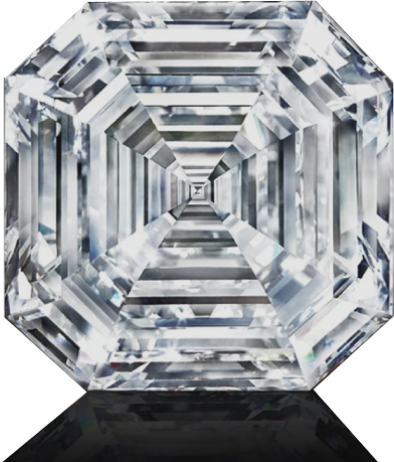
Latest Stories
Add articles and images to your favourites. Just
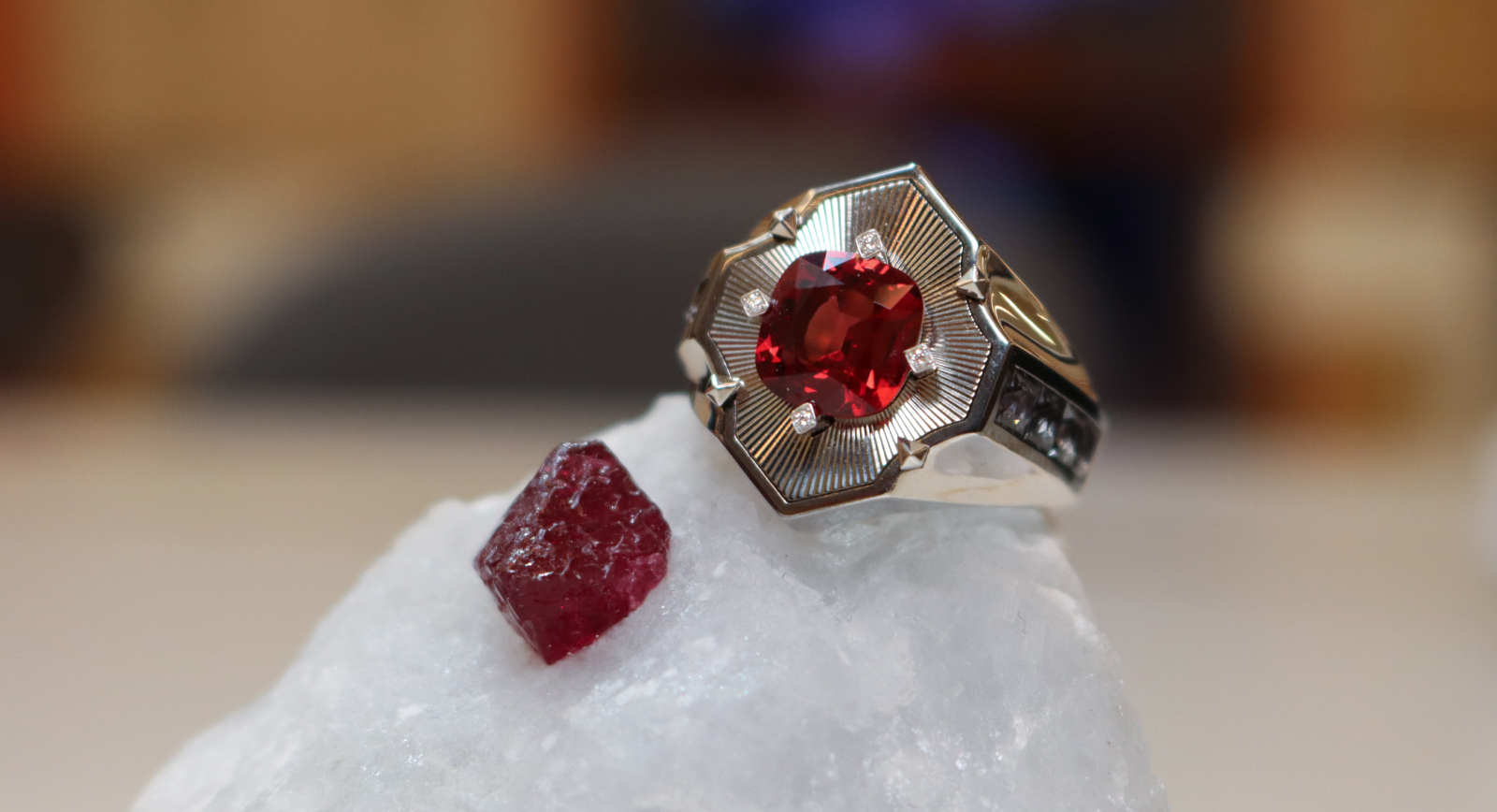
Jeweller of the Month:MADLY Gems
Singaporean brand celebrates 10-year anniversary
Jewels Katerina Perez Loves
Continue Reading
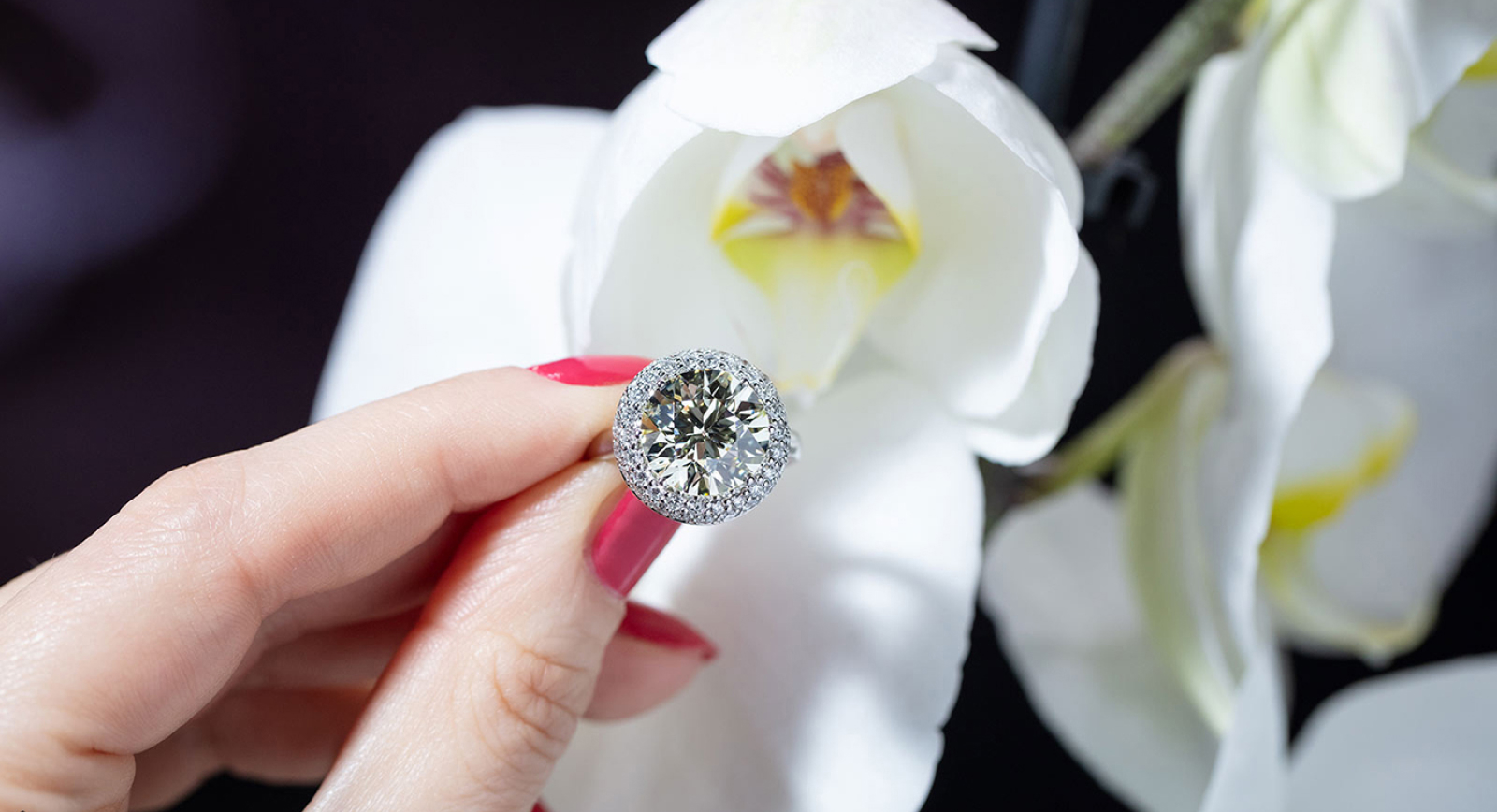
Ask Katerina:Diamond Jewellery Styling Tips for Modern Dressing
Here are some of the answers I gave during the presentation to aid your jewellery dressing…
Brand Focus:Van Cleef & Arpels
Jewellery Insights straight to your inbox
